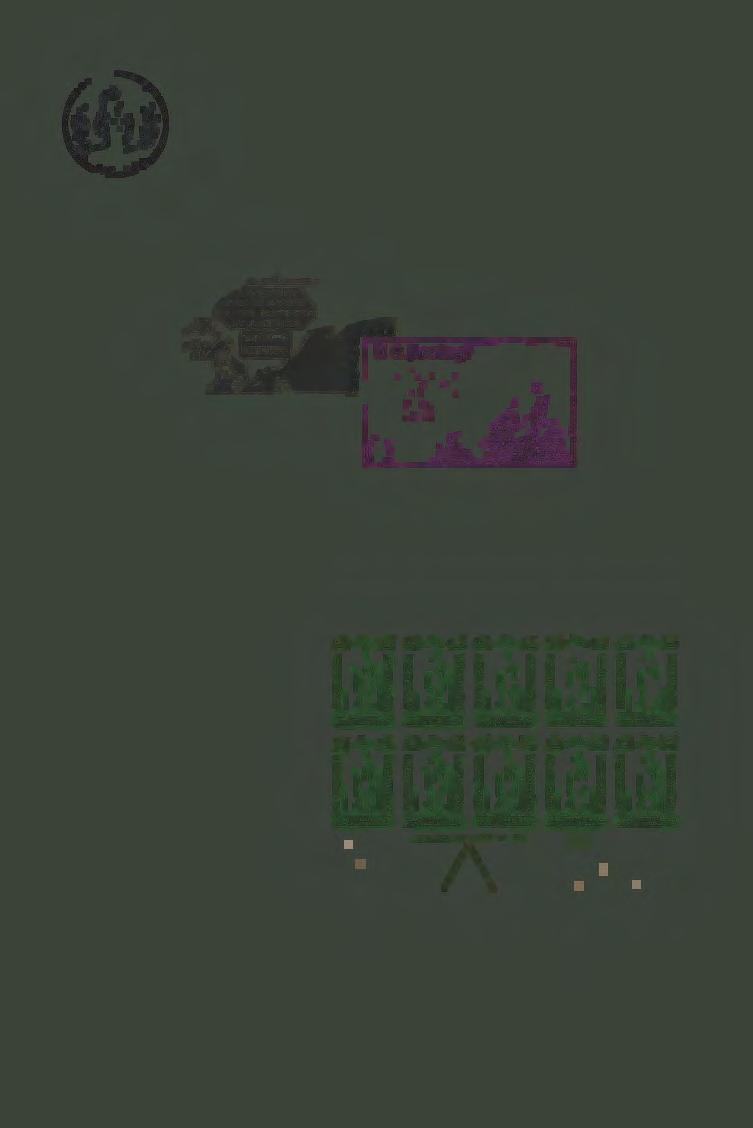

The United States SPECIALIST
States Stamp Society Publications

Encyclopedia of United States Stamps and Stamp Collecting Second Edition
Edited by Rodney A. Juell, Lynn R. Batdorf and Steven J. Rod
Hardbound, 769 pages. $35 members, $40 nonmembers. Visit the website for shipping costs.
United States Savings Stamps
United States Savings Stamps by Harry K. Charles, Jr.
A presentation of the United States Postal and Treasury Savings Stamp Systems, the stamps and their closely associated collection cards and booklets, and Official Mail stamps and stationery.
Softbound, 253 pages.
Postpaid: $25 members, $28 nonmembers. Visit the website for shipping costs.
Order from: USSS, P.O. Box 1602, Hockessin, DE 19707-5602 or online at: www.usstamps.org/store/
The United States SPECIALIST
the journal of the United States Stamp Society
VOLUME 95, NUMBER 5 May 2024
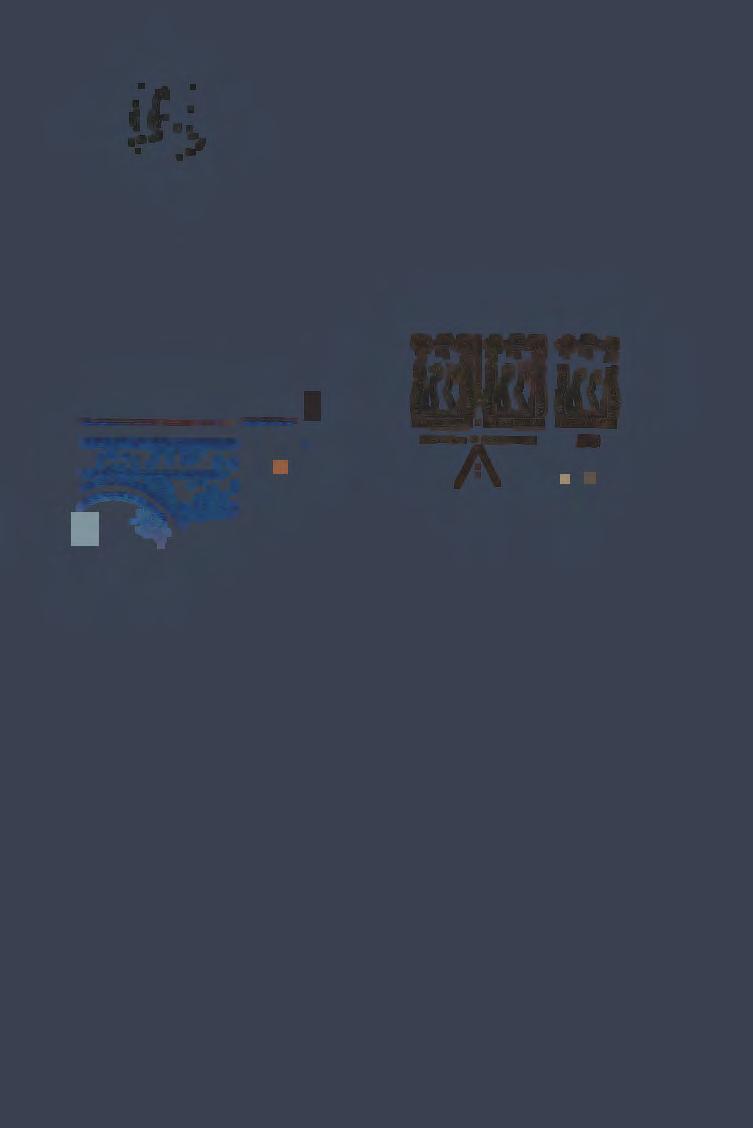
WHO LE NUMBER 1131
An association of collectors to promote the study of all postage and revenue stamps and stamped paper of the United States and US-administered areas produced by the Bureau of Engraving and Printing and other contract printers. American Philatelic Society Affiliate No. 150
Prologue
196 Awards Report
214 Vintage Photo of the Month by Rodney A. Juell
Features
Epilogue
237 Plate Number Report by Kim D. Johnson
239 Executive Secretary’s Report by Robert Rufe
240 Classified Advertising
Cvr Index of Advertisers
Andrew S. Kelley, Editor 9038 East 25th Drive Denver, CO 80238 (720) 839-5848
email: editor@usstamps.org www.usstamps.org
197 The Great Newspaper Stamp Sale of 1899 by Chris Jenkins
208 Guide Pin Markings on Hand-Assembled Flat Plate Coil Guideline and Arrow Paste-Ups by Gregory A. Shoults
216 Old 249—A Lesson In Airmail History by Jack Wall
221 FDR, Farley and the Mother’s Day Stamp by Paul M. Holland
Manuscripts, publications for review, and all advertising including classifieds, should be sent to the editor at the address above.
Forms close on the 20th of the second month preceding the month of publication, as February 20 for the April edition.
The United States Specialist (ISSN 0164-923X) is published monthly January through December by
the United States Stamp Society, Inc., P.O. Box 1602, Hockessin, DE 19707-5602. Membership in the United States $25. North America $40; all others $65. Single copy $2. Periodical postage paid at Hockessin, DE, and at additional entry offices. Printed in USA.
Copyright ©2024 United States Stamp Society, Inc. All rights reserved. Opinions expressed by authors are their own and do not necessarily reflect those of the United States Stamp Society, its officers, or staff.
Correspondence concerning business affairs of the Society, including membership and changes in address, should be addressed to the Executive Secretary, PO Box 1602, Hockessin, DE 19707-5602.
Postmaster: Send address changes to U.S.S.S., P.O. Box 1602, Hockessin, DE 19707-5602.

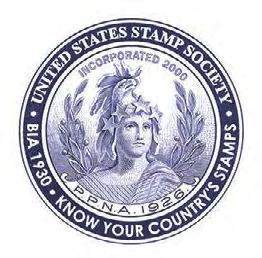
The United States Specialist
Founded 1930 as The Bureau Specialist
EDITOR
ANDREW S. KELLEY
9038 East 25th Drive Denver, CO 80238 email: editor@usstamps.org
United States Stamp Society Bureau Issues Association, Inc.
P.O. Box 1602 Hockessin, DE 19707-5602
CHAIRMAN
Roger S. Brody
P.O. Box 5836 Somerset, NJ 08875-5836 email: brody@usstamps.org
PRESIDENT
Nicholas Lombardi
P.O. Box 1005 Mountainside, NJ 07092 email: 8605@comcast.net
VICE PRESIDENT
Jeffrey Shapiro
P.O. Box 3211 Fayville, MA 01745-3211 email: coverlover@gmail.com
SECRETARY
Joel Cohen
10703 Kings Riding Way, Unit T-1 Rockville, MD 20852-5420 email: cohenji@comcast.net
TREASURER
David S. Sugar 4045 N. Harvard Ave. Arlington Heights, IL 60004 email: david-sugar@wsdd.com
GOVERNORS
Lynn Batdorf
Kim Johnson
Mike Lampson
Leonard Piszkiewicz
James Robinson
Robert Rose
Rod Juell
Gregory Shoults
David Steidley
Jay Stotts
Steven Unkrich
EXECUTIVE SECRETARY
Robert Rufe
P.O. Box 1602
Hockessin, DE 19707-5602 email: execsecretary@usstamps.org
— Committees — AWARDS
Denise Stotts
P.O. Box 690042, Houston, TX 77269 email: stottsjd@swbell.net
BOOKLETS & BOOKLET PANES
Michael O. Perry
P.O. Box 1194, Rainier, OR 97048 email: MOPerry@mac.com
DURLAND EDITOR
Kim D. Johnson
310 E N 3rd Street, Georgetown, IL 61846 email: westhome1@aol.com
ESSAY-PROOF
James Patterson
1850 North Central Avenue, No. 1400 Phoenix, AZ 85004 email: jhpatterson@yahoo.com
EXHIBIT PDFs
Chris Steenerson P.O. Box 1818 Westminster, CO 80038-1818 email: Chris@RxStamps.com
FARLEY ERA
Paul M. Holland email: pholland.thorleaf@gmail.com
FOURTH BUREAU ISSUE
Jay B. Stotts
P.O. Box 690042, Houston, TX 77269
LIBERTY SERIES
Roland Austin
P.O. Box 2641, Stillwater, OK 74076-2641 email: RAustin13@aol.com
MARGINAL MARKINGS
Chris Steenerson P.O. Box 1818 Westminster, CO 80038-1818 email: Chris@RxStamps.com
MODERN POSTAL HISTORY
Douglas B. Quine
P.O. Box 153, Bethel, CT 06801-0153 email: usss2010@quine.org
PLATE NUMBER & CHECKLIST SERVICE
Kim D. Johnson
310 E N 3rd Street, Georgetown, IL 61846 email: westhome1@aol.com
PRECANCELS
Lynn R. Batdorf
6005 Kingsford Road, Bethesda, MD 20817 email: hollykids@comcast.net
PRESIDENTIAL ERA
Jeffrey Shapiro
P.O. Box 3211, Fayville, MA 01745-3211
RECRUITING
Steven Crippe
P.O. Box 308, Palmer, TX 75152 email: scrippe@gmail.com
REVENUE ISSUES
Peter Martin
P.O. Box 6074, Fredericksburg, VA 22403 email: pmartin2525@yahoo.com
SECOND BUREAU ISSUE
Nicholas Lombardi
P.O. Box 1005, Mountainside, NJ 07092 VENDING AND AFFIXING MACHINE PERFORATIONS
Dan Ryterband
40 Carolyn Place, Chappaqua, NY 10514 email: djryterband@fwcook.com
WASHINGTON-FRANKLIN
HEAD ISSUES (Co-Chairmen)
Greg Shoults 11248 Frederick Lane Twinsburg, OH 44087 email: coilcollector@hotmail.com
Andrew S. Kelley 9038 E 25th Dr, Denver, CO 80238 email: stamps@andrewkelley.net
WEBMASTER
Mike Lampson
P.O. Box 471963, Charlotte, NC 28247 email: lampson@usstamps.org
— Study Groups —
DUMMY STAMPS
Terry R. Scott
P.O. Box 10406, Napa, CA 94581 email: terryrscott@comcast.net
FIRST BUREAU ISSUE
Kent Wilson
1005 Toole Circle, Billings, MT 59105 email: turgon96@bresnan.net
LUMINESCENCE
Wayne L. Youngblood
705 Forest Glen Circle, Prairie du Sac WI 53578 email: wystamps@gmail.com
OVERRUN COUNTRIES SERIES
Thomas Schilling
P.O. Box 432, New Lisbon, NJ 08064-0432 email: cbtkschilling@yahoo.com
PROMINENT AMERICANS AND AMERICANA SERIES
Ron Blanks
email: rblanks_stamps@yahoo.com
REGISTERED MAIL
Mike Ludeman
P.O. Box 2024, Denton, Texas 76202-2024
email: mike@ludeman.net
— Affiliates —
POSTAL LABEL STUDY GROUP
Arthur H Groten M.D.
PO Box 3366, Poughkeepsie, NY 12603 email: artgroten@optonline.net
Siegel offers unparalleled expertise, a worldwide client base, financial reliability, intelligent marketing, and the best internet resources of any philatelic auction house. Contact us today to learn more about consigning with Siegel and ensuring your legacy.
 ROBERT A. SIEGEL AUCTION GALLERIES, INC.
ROBERT A. SIEGEL AUCTION GALLERIES, INC.
21 West 38th Street, 7th Floor New York, N.Y. 10018
Phone (212) 753-6421
Email: stamps@siegelauctions.com
Recent Winners of USSS Medals
United States Stamp Society medal winners that have been reported from recent shows:
Statue of Freedom Awards (WSP Shows)
Show Winner Exhibit
Sarasota S S (FL) Juan L. Farah
SESE (GA) Anthony Dewey
San Diego S S (CA) Andrew S. Kelley

March Party (OH) Jon Krupnik
The “Special Design” Issues of Cuba: 1899–1910
The 3¢ Connecticut Tercentenary Issue of 1935 and its First Days
The Offset Lithographed WashingtonFranklin Heads
Pan Am Clippers Conquer the Pacific: Development and Operations of Pan Am’s Trans-Pacific Airmail Routes, August 1933 to December 31, 1941
St. Louis SE (MO) Daniel Ryterband The U.S. 1847 Issue: America’s First Stamp
Show Awards Chairs, please note: The USSS Gold Statue of Freedom Medal is sent automatically to all APS World Series of Philately shows. The USSS Silver President’s Award medal is available upon request to all local and regional shows.
For more information, to request an award or if you have won a USSS award and have not seen it listed in Specialist, please write to Denise Stotts, P.O. Box 690042, Houston, TX 77269-0042, or e-mail stottsjd@swbell.net. (Some shows fail to send in the follow up report.)
2024 HEBERT’S
All New and Revised Mint and Used Plate Number Single Catalogue $36 postpaid
Expanded pricing, back-of-the-book, tag/paper varieties, PN/ZIP/ME types
Rick Burdsall / APNSS P.O. Box 1023
Palatine, IL 60078-1023
The Great Newspaper Stamp Sale of 1899
by Chris Jenkins USSS # 16951
There is one group of stamps in Scott’s Catalog that has given me trouble for years—it always has and it always will.
—George SloaneThose were the words of revered philatelist and writer George B. Sloane in his July 19, 1958, column in Stamps magazine. It would prove to be one of the last of his 1,350 columns for that publication. Sloane was describing the near impossibility of differentiating the 1899 reprints of the $5–$100 Newspaper and Periodical stamps, at that time designated by the Scott catalog as PR126–PR130, from the original 1895–97 printings, designated as Scott PR121–PR125. The Scott catalog was not alone in differentiating the reprints. The Minkus American catalog assigned the reprints unique numbers, listing them in the special printings section, and stating that they could be identified by the shades and by white instead of yellow gum. In more recent years the listing of the 1899 reprints was discontinued by Scott, and replaced with a note that the reprints are “virtually indistinguishable” from

the listed Scott PR121–125. In other words, Scott numbers PR121–PR125 incorporate both reprints and the original, non-reprints. PR126–PR130 no longer exist as listings. Given the near identical appearance of the originals and the reprints, the decision by Scott certainly was the correct one. Based on documents in the National Archives and accounts published by those present in 1899, this article examines the story of the 1899 reprints. For those interested in attempting to separate originals and reprints, I offer the results of my limited efforts to make those distinctions. Shown in Figure 1 is a plate block of the $10 watermarked value, a probable 1899 reprint.
Background
The postal validity of the Newspaper and Periodical stamps ended at the close of business June 30, 1898. The stamps had been intended only for internal use by the Post Office Department but were sought after by collectors. In 1897 the Post Office Department failed to win a conviction of Washington, DC, dealer George F. Coleman for the sale of imperforate and privately perforated newspaper stamps. Following the loss in court, the discontinuance of the use of newspaper stamps, and demand from collectors, the Post Office sensed a business opportunity. A decision was made to sell the Newspaper and Periodical stamps to collectors in complete sets of 12 which would include all denominations from 1¢ through $100. Dealer and philatelic expert, J. Murray Bartels, writing in the February 26, 1938, issue of Stamps magazine, described his advice to the Post Office Department given some 40 years before, in late 1898. Bartels advised against attempting to sell the stamps at face value. The $187.93 face value of a set was far beyond the means of most collectors. Acting on a basis consistent with Bartel’s advice, the Post Office Department settled on a price of $5 per set.
A Shortage
On February 4, 1899, the Post Office Department issued a circular announcing that sufficient stocks of the newspaper stamps were available for the sale of 50,000 sets to the public. The Post Office Department had ordered the return of all unused newspaper stamps from the nation’s post offices but found the partial panes and condition of those stamps to be unsuitable for efficient redistribution. The Department also made a tally of the stamps remaining on hand at the Bureau of Engraving and Printing. While the lower values were in plentiful supply, the values of $5 and up were available only in much smaller quantities. Because it had been pressed into service as an 1898 revenue stamp (Figure 2), becoming Scott R159 and R160, the Department found that only 155 copies of the $5 stamp remained on hand! Shown in Figure 3 is a document in the National Archives from the correspondence file of the Third Assistant Postmaster General tabulating the number of stamps on hand in Washington. The handwriting across the top reads “N&P” meaning Newspaper and Periodical stamps, “OH” meaning on hand, with a date which may be read February 11 (1899). The numbers on this slip of paper match the numbers cited by

Figure 2, the $5 newspaper stamp overprinted with a revenue surcharge.
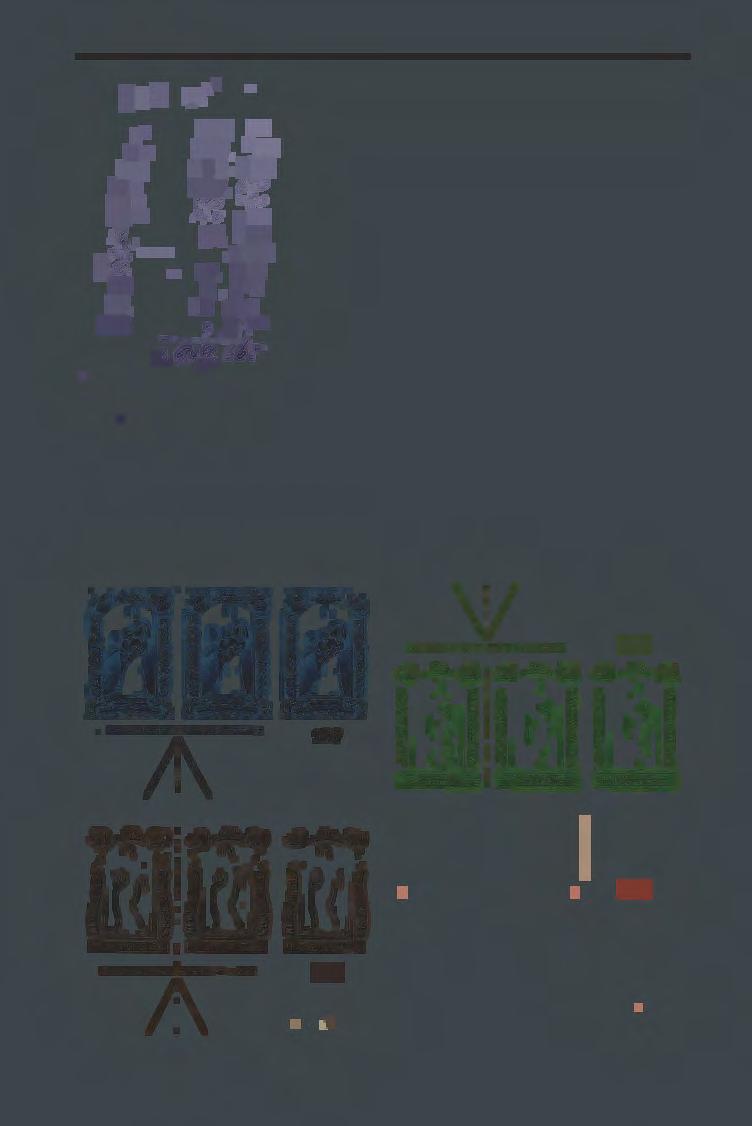
John Luff in his 1902 book, The Postage Stamps of the United States.
With an insufficient supply of stamps on hand the decision was made to have the Bureau of Engraving and Printing reprint the $5, $10, $20, $50, and $100 values.
The plates for the $5–$100 values were taken to the presses on February 2, 1899, and remained there until various dates later in the month. It would be the final use of plates 135, 137, 138, 139 and 140. Plate 136, the $2 value, was not reprinted. Strips from the $5 through $100 plates are shown in Figure 4a and 4b. The stamps were printed in sheets of 100 and then cut on the horizontal guideline into two panes of 50. The perforations of the reprints and originals were the same, as was the watermark.
When announced to the public, the decision to sell sets was not without controversy. Those few collectors, who by some means, authorized or not, owned originals which had probably been purchased at or above full face value would see their investment destroyed. When it was found out the stamps included in the sale were a mixture of reprints and originals, objections arose
:

over perceived differences in color, paper, and gum. In addition, some objections surrounded the fact that the post office was selling stamps that were no longer valid for postage of any kind and had never been valid for any use by the public. Objections also focused on the potential abuse of the program by philatelic speculators who would be attracted to the low purchase price of the sets.
Distribution of the Sets
The Post Office implemented the sales program with a structured distribution plan. Ten large cities received between 1,000 and 3,899 sets each, which I have retyped in Table 1. 41 other post offices including cities such as New Haven, Atlanta, New Orleans and Columbus, Ohio, received 150 sets each. All other first class post offices received 100 sets each. The odd number of sets assigned to nine of the 10 large cities do show that the Post Office Department made the distribution in less than full panes of 50 stamps to those locations. The Post Office Department also retained 5,000 sets in Washington, DC, for direct sales, making a total of 55,000 sets available. The 5,000 retained sets may have been in addition to the 3,899 sets assigned to the Washington Post Office in Table 1. Figure 5 is a cover from the Post Office headquarters in Washington to a collector in the small town of Cody, Nebraska. The envelope contained one set of the stamps along with a form letter of transmittal from the Third Assistant Postmaster General. The collector paid $5.00 for the set of stamps plus 10 cents for the registry fee.
San Francisco Ca., .......... 3,893 Washington, DC, ............ 3,899 Chicago, Ill.,..................... 3,893
Boston, Ma., .................... 3,893 Saint Louis, Mo.,............. 3,893 New York, N.Y. ................ 3,000 Brooklyn, N.Y. ................. 1,043 Cincinnati, Oh., .............. 3,893 Philadelphia, Pa., ............ 3,893
Table 1. Assignment of Sets of Newspaper and Periodical Stamps, Source: US National Archives.
Oflici:il Business Pollmal_ter pl"" return i f not delivered within lli dafll,
Figure 5 registered April 1899 cover originally containing one set of newspaper stamps
In late February and early March 1899, newspapers across the country reported on the stamp sale. The Daily Kennebec Journal in Maine carried an article titled “The Augusta post office has a limited number of valuable stamps for collectors.” In New York City, an article in the Sun described how a crowd of dealers and collectors had formed before the 9:00 AM opening of the sale on February 25. At the outset, several individuals each offered to purchase all the 3,000 allocated sets. New York postal officials settled on a limit of 50 sets per individual purchaser, and sales remained brisk throughout the day. The paper reported that more than $10,000 in sales were generated that day, meaning that at least 2,000 of the 3,000 available sets were sold. On the west coast, the San Francisco Call reported March 5 that 500 sets allocated to that city had been sold on the first day. General interest and philatelic newspapers continued to follow the sale on an occasional basis throughout the spring. On April 20, the Wilmington (Delaware) Daily Republican titled an article about the newspaper stamp sale “JOY FOR PHILATELISTS. ”
Composition of the Sets
While the values below $5 were all originals, the $10, $20, $50, and $100 values in the sets were a mixture of reprints and originals. It is not known if the 155 original $5 stamps were distributed. Luff wrote at the time that of the 50,000 high value denominations distributed to post offices in the sets, approximately 5,000 were originals and 45,000 were reprints. By that mechanism, originals came into the possession of the public. The Third Assistant Postmaster General’s report for the year 1900 shows 5,000 sets sold direct from Washington, plus 50,000 sets distributed to the post offices, or a total of 55,000 sets. Because we know that there were only 155 of the $5 originals on hand , making up 55,000 sets would have required either using nearly 5,000 of the returned originals or having more than 50,000 reprints of the $5 value. Evidence suggests that there may have been 55,000 reprints of the $5 rather than 50,000. Luff states that none of the returned stamps were used in assembling sets. Moreover, the scarcity of original $5 issues was reflected in catalog values following the sale. For example, in the Scott Standard Stamp
1 n ,,, <)(k)!W ORI:.EA~~ s,. ,1,.. • , isla 1a. I M,1u/J 2' _, /,18<J <1.

I ha ve to rl.'j1ort my s:1ks :ind proh:1bll' s:tles of Ill'\\:-;p. tpe r :ind periodical st;1111ps :is liillows:
1. N. & I'. stamps rccl'ivt•d frlllll lkp:1rtmc11t. , sl't,. 2. N. & r. st:1111ps sol d hy llll' to d.1k. / S-0 sl't~. J. Estimall'd furthe, dc1n:1nd l,,r N. & I'. st,11111,, ;it this ·ofTT,,· to De,emhl'r 1,01-iu 7 I'/ I .J9 s,·t,. 1 <--f (.(., ~c:: , V~/l l11l '- /' ,• , ( 111.h f, 1
Figure 6 reply card with sales report from New Orleans, source National Archives
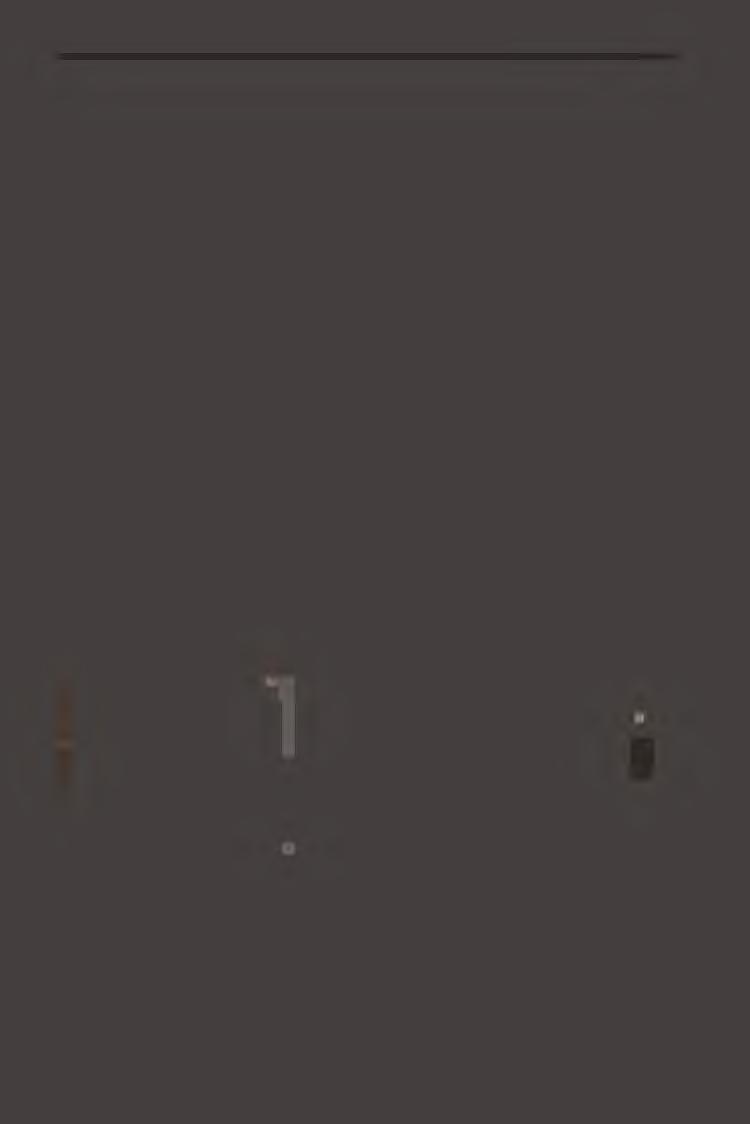
Catalog of 1908, the $5 unused original was valued at $25, while originals of the $10 and $20 were valued at $1.50 each. A set of the five high value reprints, including a $5 reprint, was valued at only $6.50.
In late March 1899, the Post Office Department sent reply postal cards to postmasters requesting a report of sales to date. Several of these cards are preserved in the National Archives. Figure 6 is the response from New Orleans, showing that they had sold all 150 sets and anticipated selling another 150 sets before year end. Responses then determined reallocation of sets to those post offices with inadequate supplies. A slip of paper in the National Archives dated April 15, 1899, contains a plan to transfer 75 sets from Racine, Wisconsin. 50 sets were to be transferred to Augusta, Maine, 15 sets to Birmingham, Alabama, and 10 sets to Easton, Pennsylvania.
Partial Success
The sales program across the country ended on December 31, 1899, but Washington continued to offer the sets to direct purchasers until February 10, 1900.
Although the post office had originally believed that all the sets had been sold, The Third Assistant Postmaster General ultimately reported that a total of 26,989 sets had been sold, generating revenue of nearly $135,000 for the Post Office Department. The number of sets sold consisted of 5,000 sets sold from headquarters in Washington, and 21, 989 sets sold by post offices across the country. Using Luff’s number of 5,000 originals of each of the high values among the 50,000 sets, and with approximately one-half of the sets sold, it suggests that approximately 2,700 copies of the $10, 20, 50 and $100 originals were sold to the public. However, it is not known if the originals were evenly distributed among the sets, so the number of originals or reprints sold cannot be verified. Period catalog and price lists do demonstrate, however, that originals were harder to find than reprints.
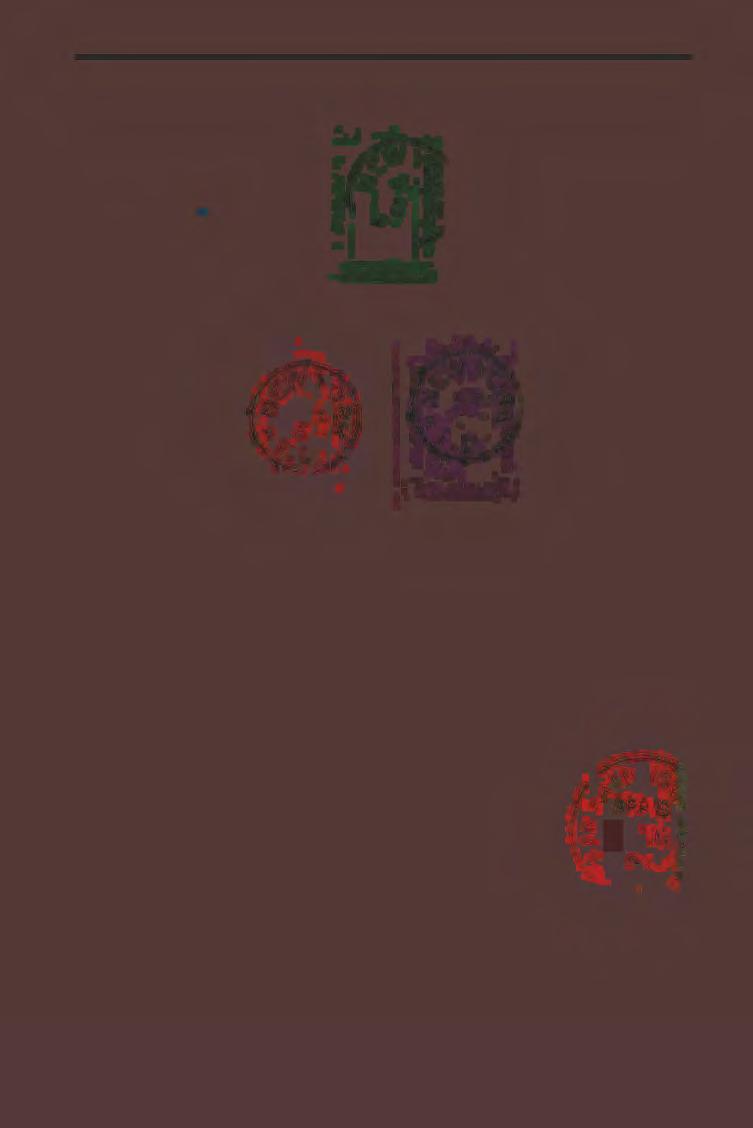
Collectors and Speculators
In the same 1938 article in Stamps magazine referenced above, Bartels recalled that sets had been so heavily bought by speculators that the wholesale price fell as low as $1.75 per set in the early 1900s, or less than half of what had been the Post Office Department’s selling price. Consistent with 1899 newspaper reports, substantial quantities of sets had been purchased in full panes of 50.
The stamps were a bonanza for collectors, particularly those who sought plate number, arrow, and inscription pieces. While there was only one plate number for each of the high values, each sheet held that number in six locations, so beautiful blocks and strips were created. The $5 per set price made that feasible. An example of a $20 block is shown in Figure 7. Some collectors elected to have their local post office apply a favor cancel to their sets. Figure 8 shows a set of New York favor cancels on the high values of the set. An April 1899 San Francisco favor cancel is shown in Figure 9. Favor cancels from Toledo and other locations exist.
The Identification Problem
For decades after 1898, Scott and other catalogs maintained a separate identity for the reproductions on the basis that they could be distinguished by ink color, and characteristics of the gum and paper color.
Can any of the reprints be identified some 125 years after their production? The answer to the question is twofold. Confronted with a single stamp the answer is “probably not.” However, by assembling a small group of reference stamps, it may be possible to separate reprints from originals in some, but not all cases.
The use of Newspaper stamps ended seven months before the reprints were printed. As a result, all genuine used copies are originals. I use the word “genuine” here because the catalog value of canceled watermarked 1895 series newspaper stamps is substantially higher than the value of unused stamps. That has created a temptation for evil forces to apply fake cancellations.
Gum
If the stamps have been well preserved, it is possible to identify some reprints by the whiteness of the gum. Assembling a reference group of unused $5 issues is a good starting point. The best direct comparisons for the $5 issue are the revenue overprinted $5 newspaper stamps, Scott numbers R159 and R160. The overprinting was done in 1898 when only original $5 stamps existed. A more commonly available alternative is the $2 newspaper issue (Scott PR120) which was not reprinted and is therefore an original. However, with the passage of 125 years since the gum was applied, the white gum on many of the reprints has yellowed. As a result, while white or very light-yellow gum is good evidence that a stamp is a reprint, yellow gum may not prove that a stamp is an original.
Color
In March 1899, the editors of the American Journal of Philately reported they had purchased a set from the New York post office and found the $50 value to be an original, and the $5, 10, $20, and $100 to be reprints.
The editors of that magazine wrote that the reprints did differ in color from the originals, as shown in Table 2. However, the differences were subtle even when the reprints were new and may have disappeared from aging, exposure to light, or other conditions of storage.
Denomination

Original color
Reprint Color
$5 blue Prussian blue
$10 green grey green
$20 grey violet cold grey lilac
$100 reddish purple bluish purple
Table 2. Colors of the originals vs. reprints as reported in March 1899 by the American Journal of Philately
A visual comparison of the ink color of used originals and unused suspected reprints can be made if a few of each are available. Unused $5–$100 values can be found either as originals or reprints, but with the odds heavily favoring reprints.
I began my efforts with a visual comparison of 16 used and 15 unused $5 stamps. While in some cases I did identify color differences, I could not do so with a high degree

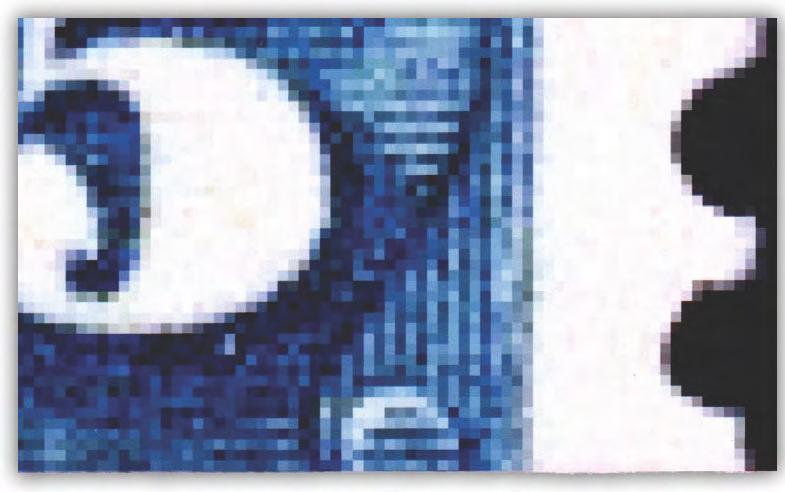
of confidence. Searching for a more objective method, I opted to use the color evaluation capability of Adobe Photoshop. Photoshop provides several different methods for describing color, and one that is useful for philatelists is the Hue, Saturation, Brightness or HSB capability. Its use when evaluating color was described by Robert Hisley in the Proceedings of the Fourth International Symposium on Analytical Methods in Philately. In summary, a greatly enlarged high resolution scan of a stamp is sampled at the pixel level to generate an HSB measurement for that pixel. Figure 10 shows a highly pixilated photograph of the upper right side of the $5 stamp. Zooming in on an area just below and to the right of the $5 figure at the top right of each stamp I selected the pixel with the highest hue value and showing 100% saturation. High saturation reduces the problem of paper color showing through more lightly inked portions of the stamp. I recorded the hue value from the sample used $5 stamps, and from unused stamps, some of which were in blocks or strips.
The used originals averaged 225 degrees on the 360-degree HSB color wheel, categorizing them as a slightly greenish blue, while the reprints averaged 239, a nearly pure blue. Although absolute results will vary depending upon the light source used for scanning, the purpose is not to determine an absolute hue value, but instead to determine if there is a difference in the measured hue between the originals and the suspected reprints. Within the limitations dictated by the small sample size, a hue difference does exist for the $5 value.
I repeated the same process with the $10 value, employing 11 used originals and 11 unused stamps. I found the average hue of the used originals and the unused stamps to be much closer. In fact, the hue values of individual stamps among the two groups show some overlap. Interestingly, I found far fewer pixels with high saturation among the suspected reprints. This may account for the historical reports of differences in perceived color between originals and reprints in the $10 value, even if the hue difference alone is small.
Using a sample of 10 used originals and 10 unused suspected reprints of the $20 value I found no difference in hue, but the unused stamps did show a higher brightness. A visual comparison of the used and unused $20 values is consistent with the measurement difference. The $20 used does appear to be darker.
Paper
The unused $5 and $10 values I examined did have whiter paper than the used originals. In Figure 11 is a unused no-gum $5, surrounded by 8 used $5 stamps. The difference in whiteness should be visible in the photograph, and it does show clearly when looking
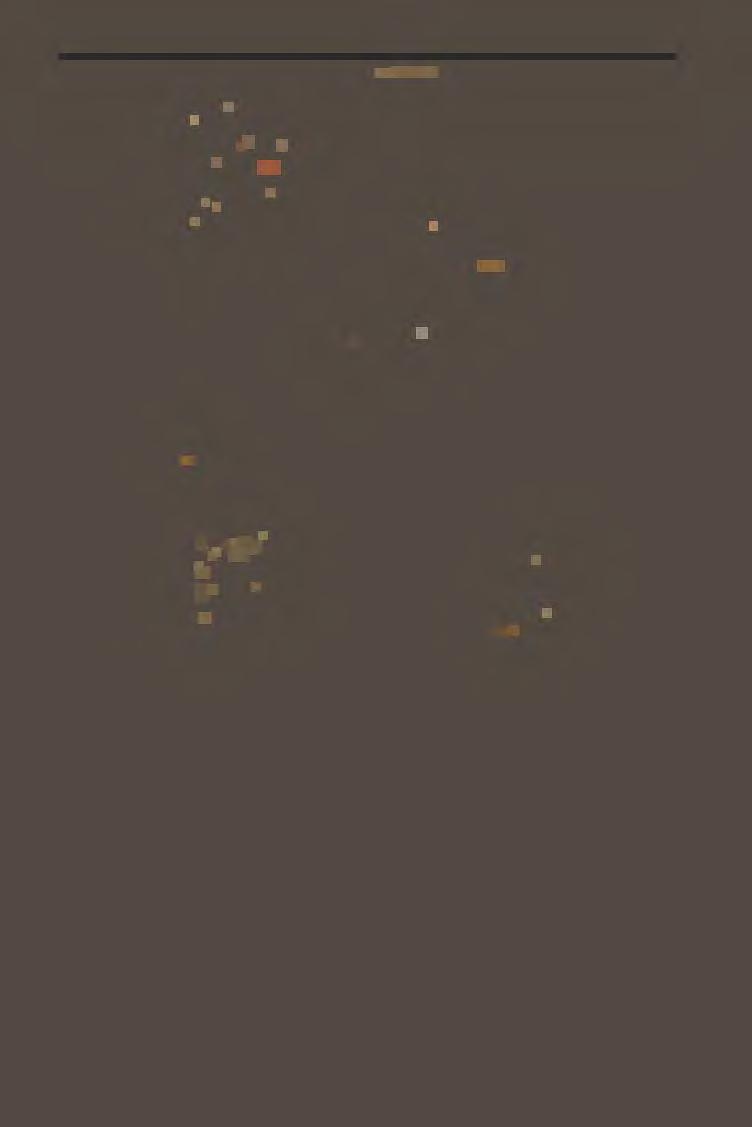
at the stamps first-hand. In fact, I have found in almost all cases that unused $5 reprints do have whiter paper, and that the difference is visually observable. This also holds true for the $10. Among the samples of used and unused $20 values I did not find the difference in paper color to be as evident.
Summary
The most useful reference copies are:
Genuine used $5–$100 stamps—they are all originals; Used and Unused $2 stamps—they are all originals and are useful for gum and paper comparisons with the high values. Denominations below $2 may be useful, but I found it easier to use a stamp that is the same size as the $5–100 stamps.
The efforts to distinguish between originals and reprints does have a purpose. Unused originals are far less common than reprints, probably by a ratio of one original for every 10 reprints among the population of unused $10–$100 values. Unused $5 originals had historical catalog values higher than $10–$100 unused originals, suggesting that the $5 originals were even less common than originals of $10 and above. The ability to

differentiate between originals and reprints helps to identify unused reprints with fake cancellations masquerading as used originals.
While neither paper, gum nor ink color alone may allow the differentiation of originals and reprints, the three tests together, and in the presence of reference copies, make identification possible in some but not all cases. The passage of time has diminished the small differences that existed between originals and reprints. George Sloane’s frustration was well justified!
References
1. Annual Reports of the Post Office Department for the Fiscal Year Ended June 30, 1900, U.S. Government Printing Office, Washington, DC, page 684.
2. Bartels, Murray J., “Comments and Reminiscences”, Stamps, February 26, 1938, H.L Lindquist, New York, NY, page 293.
3. B.I.A. Plate Number Checklist, Bureau Issues Association, 1990, Belleville, IL
4. Correspondence File of the Third Assistant Postmaster General, Records Group 28, United States of America National Archives.
5. Hisley, Robert, “Single Pixel Colorimetry and Optical Densitometry in Philately”, Proceedings of the Fourth International Symposium on Analytical Methods in Philately, Institute of Analytical Philately, Inc., 2020. pp. 31–36.
6. Daily Bulletin of Orders Affecting the Postal Service, February 4, 1899, Post Office Department, Washington, DC, from uspostalbulletins.com.
7. Luff, John, Postage Stamps of the United States, Scott Stamp and Coin Company, New York, NY 1902, pp. 243–244.
8. “Joy for Philatelists”, Daily Republican, April 20, 1899, Wilmington, Delaware page 3, from Chronicling America, Library of Congress.
9. Minkus New American Stamp Catalog 1963 Edition, Minkus Publications, Inc, New York, NY, 1962, page 154
10. “Newspaper and Periodical Stamps Reprinted”, American Journal of Philately, March 1899, page 155. from booksgoogleusercontent.com.
11. “Newspaper Stamps on Sale”, Daily Kennebec Journal, February 27, 1899, page 5, Augusta, Maine from Chronicling America, Library of Congress.
12. “Rush for Newspaper Stamps”, The Sun, February 26, 1899, page 21, New York, NY from Chronicling America, Library of Congress.
13. “Sale of Newspaper Stamps”, San Francisco Call, March 5, 1899 page 16, from Chronicling America, Library of Congress.
14. Standard Postage Stamp Catalog 1908, Scott Stamp and Coin Co, New York, NY, page 17.
15. Scott Specialized Catalog of United States Stamps and Covers 2024, Amos Media, Sidney, Ohio 2023, page 384.
16. Sloane, George, “Sloane’s Column”, July 19, 1958, Stamps as compiled by George Turner, Bureau Issues Association, 1961, page 194.
17. “The Sale of United States Newspaper and Periodical Stamps” , American Journal of Philately, March 1, 1899, page 108, from booksgoogleusercontent.com.
18. “United States Periodical Stamps”, American Journal of Philately, January 1899, page 2. from booksgoogleusercontent.com.
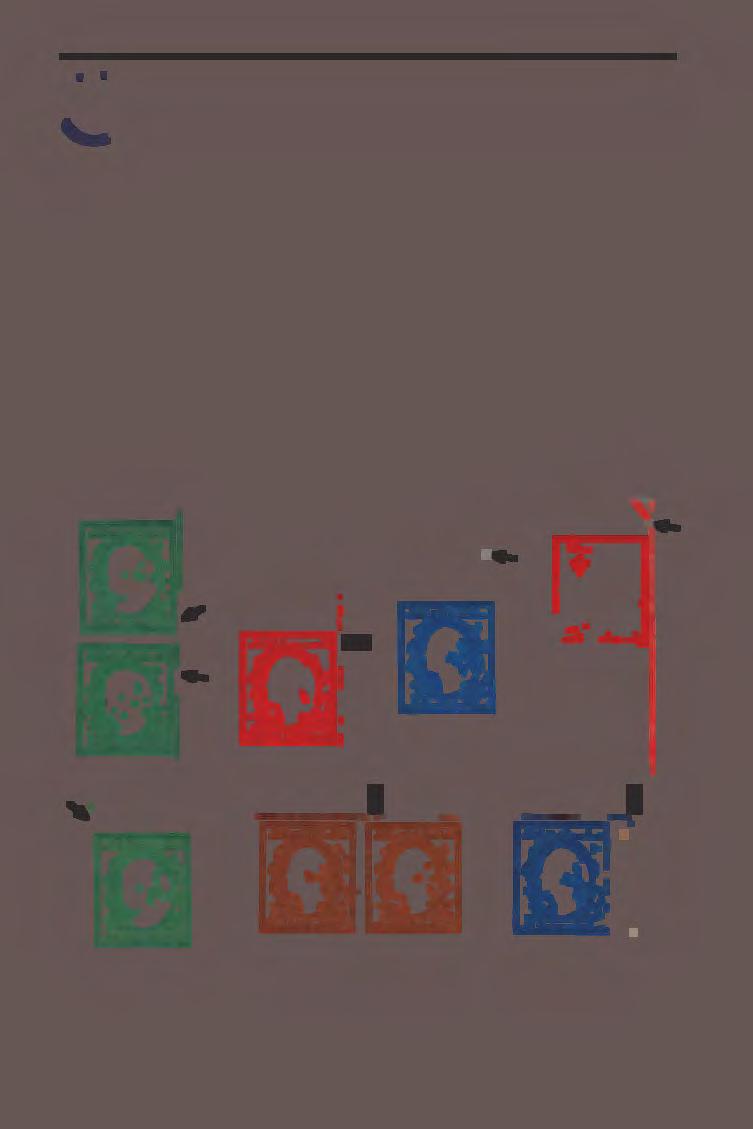 by Gregory A. Shoults
by Gregory A. Shoults
For years I have been puzzled by the “pinholes” found near the guideline or arrow on paste-ups of the first two hand assembled Washington-Franklin coil issues, produced in 1908 and 1910. This variety—which I call a Guide Pin Marking (GPM)—appears consistently in the margin along the edge of the coil, near the guideline and arrow. See Figure 1 for examples. Since I first noticed this variety several years ago, I’ve scoured the Internet and dealer inventories for additional examples, looking through at least two to three thousand paste-ups. Each of the paste-up examples I have inspected that was hand assembled and has a guide line and arrow has a GPM. As detailed below, I believe that GPMs were made by a device that held panes of stamps in place during the coil manufacturing process. I have shared these examples with several dealers, collectors, and philatelic expertizers, and none have ever noticed a production variety of this nature. Moreover, I am not aware of any reports of this variety in the literature.
Figure 1 demonstrates some important features of the GPMs. First, GPMs are found on horizontal and vertical coils. Second, the coils in Figure 1 come from the first WashingtonFranklin coil issue, of 1908, and the second Washington-Franklin coil issue, of 1910. (In Figure 1, Scott 343V, 344V, 347V, 348, 354 and 355 are from the first issue; the rest are from the second.) I have not found a GPM on any other flat plate coil issues. Finally, because the GPMs occur on imperforate coils, we can infer that the GPMs are not an artifact of the perforating process. Figure 2 shows a closeup of typical GPMs.
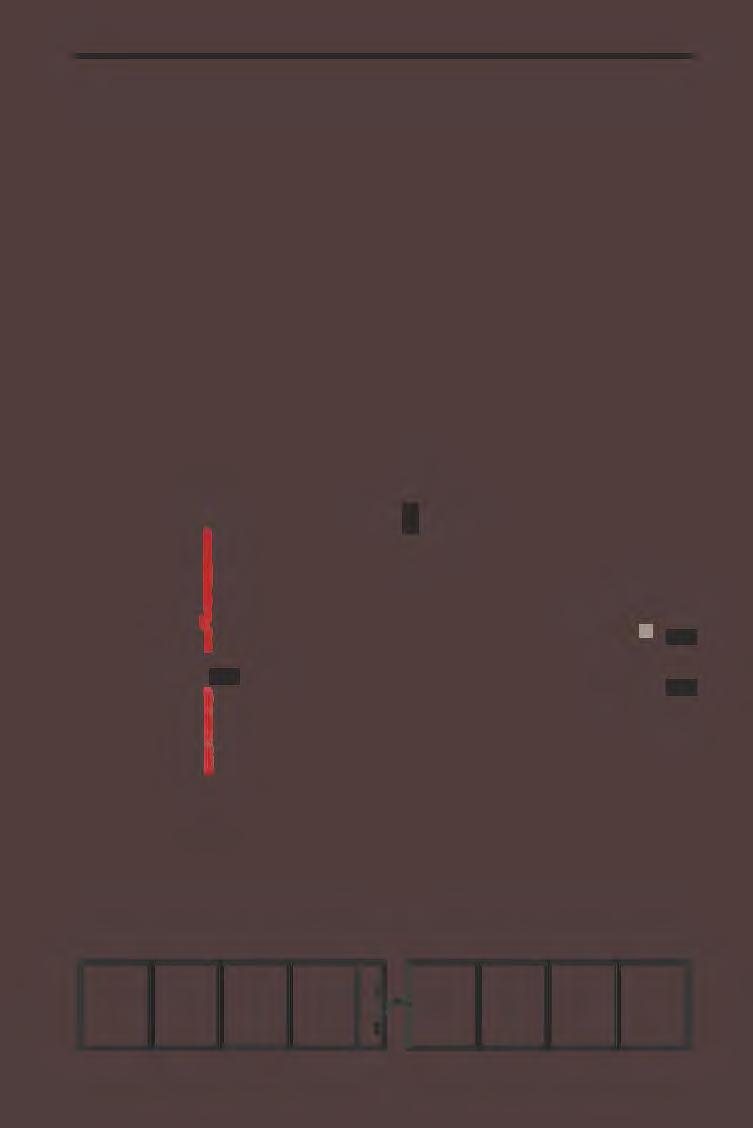
The key to this production related variety is a new “Stripper” machine the Bureau put into use in 1908.1 The Bureau produced coil stamps from the same 400-subject sheets that it used for regular sheet stamp production. The Stripper machine cut the 400-subject sheet into 20 strips of coil stamps with 20 stamps in each strip. Bureau workers would first use a foot-peddled perforator to perforate a 400-subject pane in one direction (horizontally for vertical coils or vertically for horizontal). A photo of these perforators appears later in the article as Figure 6.
I I I I IH I I I I
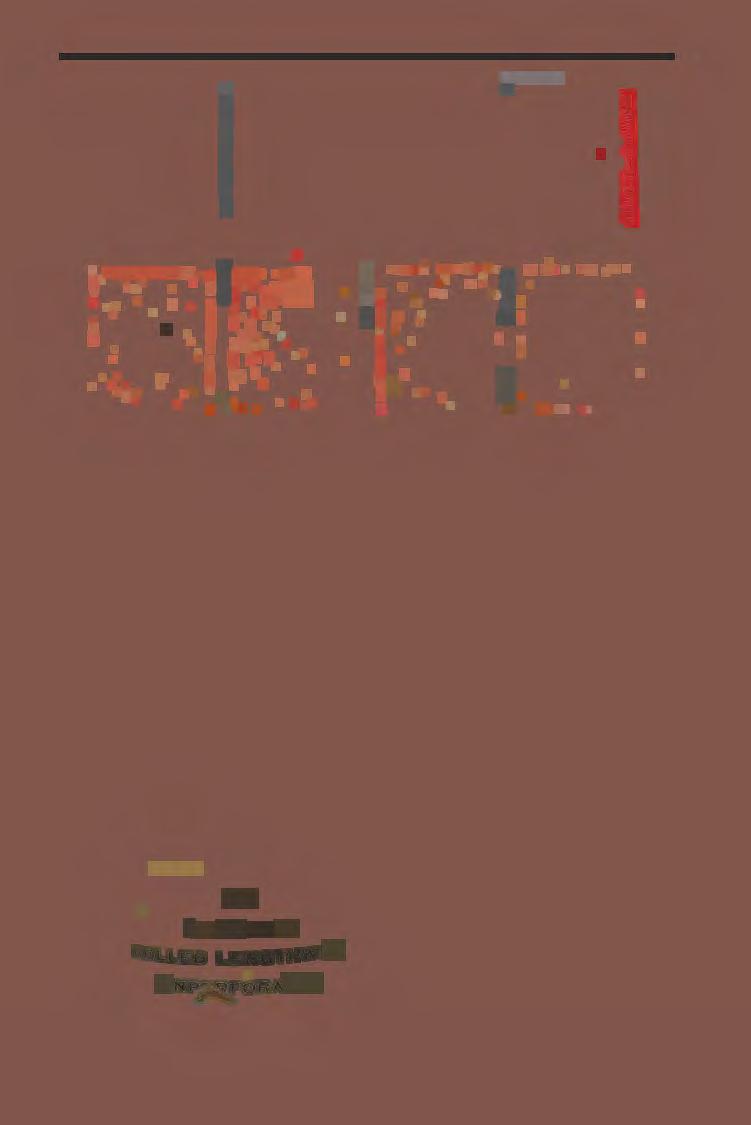
After the sheet was perforated in one direction it was modified slightly depending on the format of the coil being produced. If the sheet was intended for vertical coils, workers trimmed the bottom of the sheet to the frame line of the stamp design. Then, the top margin was hand trimmed with scissors to about one quarter of an inch. This served as the “tab” used to paste two coils together. (See Figure 3.) The amount of margin left for the tab varied from one production run to another. If horizontal coils were being produced, the left side of the pane of 400 was trimmed off at the frame line of the stamp design. Then, the right side of the pane was hand trimmed with scissors to about one quarter of an inch. Again, this can vary from one paste-up to another. See Figure 4 for an example of a completed, hand-assembled paste-up.2
After the pane of 400 had been modified, workers placed it on the Stripper machine, where it was cut into 20 strips of 20 coil stamps. The same machines used to perforate the panes of 400 (see Figure 6) were modified by changing out the perforating wheels and putting in cutting wheels. Workers then began hand assembly of the coil by affixing the top of the quarter-inch tab over a piece of craft paper. This is a trailer strip which forms the center or core of the coil roll. The trailer strip was attached to a spool and then rolled up and the next strip of 20 was pasted over the tab of the next strip of 20. This process continued until there were 500 or 1,000 stamps pasted together in a coil. Workers then attached a piece of craft paper at the end of the coil roll, called the leader strip. This sealed the coil roll to keep it intact until it was
used. The leader strip identified the denomination, whether the coil was vertical or horizontal, and the number of stamps, 500 or 1,000, in the roll. See Figure 5 for a complete coil roll.
The most likely explanation for these GPMs is that they were created when a pane was placed on the Stripper. Recall that the Stripper cut sheets into long ribbons of stamps. To keep these cuts straight, it makes sense that something—like a guide pin or a device that clamped down the sheet—at the top and bottom of the pane held it in place during the cutting operation. If the guide pins were in the center of the Stripper, then marks from the pins would appear only in the center of the sheet. This

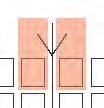
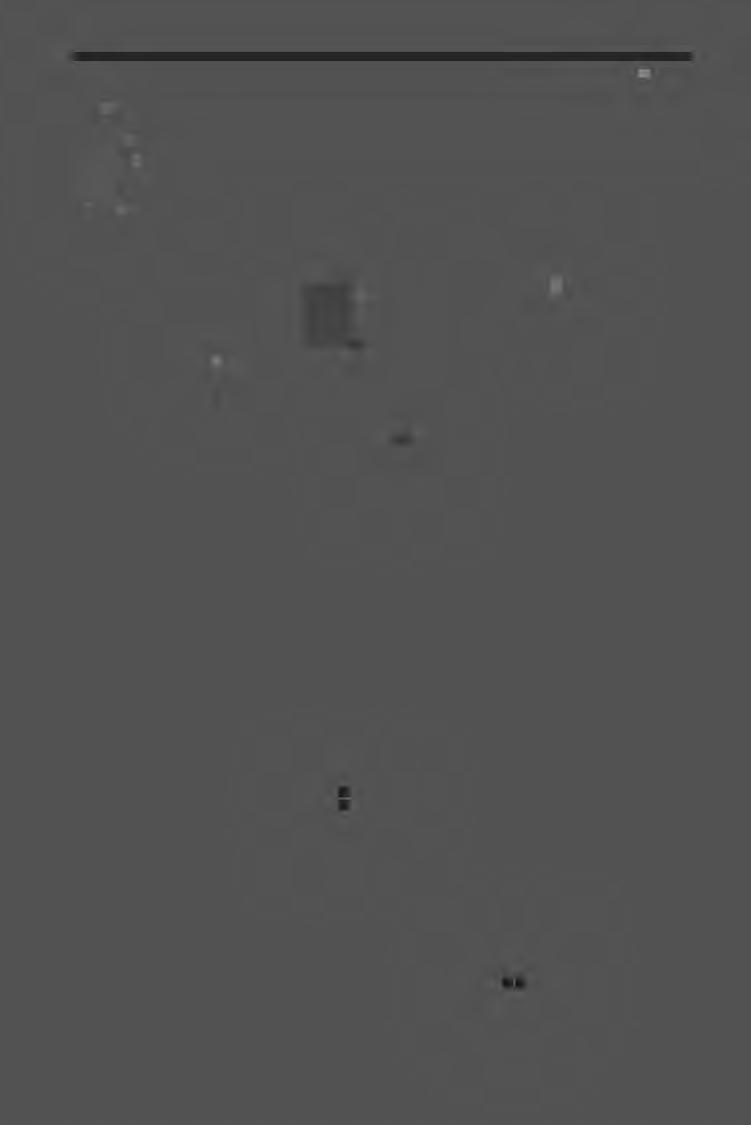
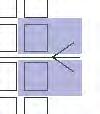

Figure 7. Diagram of 400-subject sheet showing arrows and guidelines. Colored boxes indicate locations of Guide Pin Markings. GPMs can occur on both sides of the guide line.
Figure 8. Front and back of the paste-up from an auto-wound coil, Scott 388. Note the even, parallel edges on all stamps in contrast to Figure 4.
is exactly what we observed on actual coils: the GPMs appear only on examples with an arrow and guideline. And these features were located in the center of the panes of 400. Figure 7 illustrates a 400-subject sheet, including the guidelines and arrows. GPMs appear on the highlighted subjects. For vertical coils, the magenta stamp in the strip at
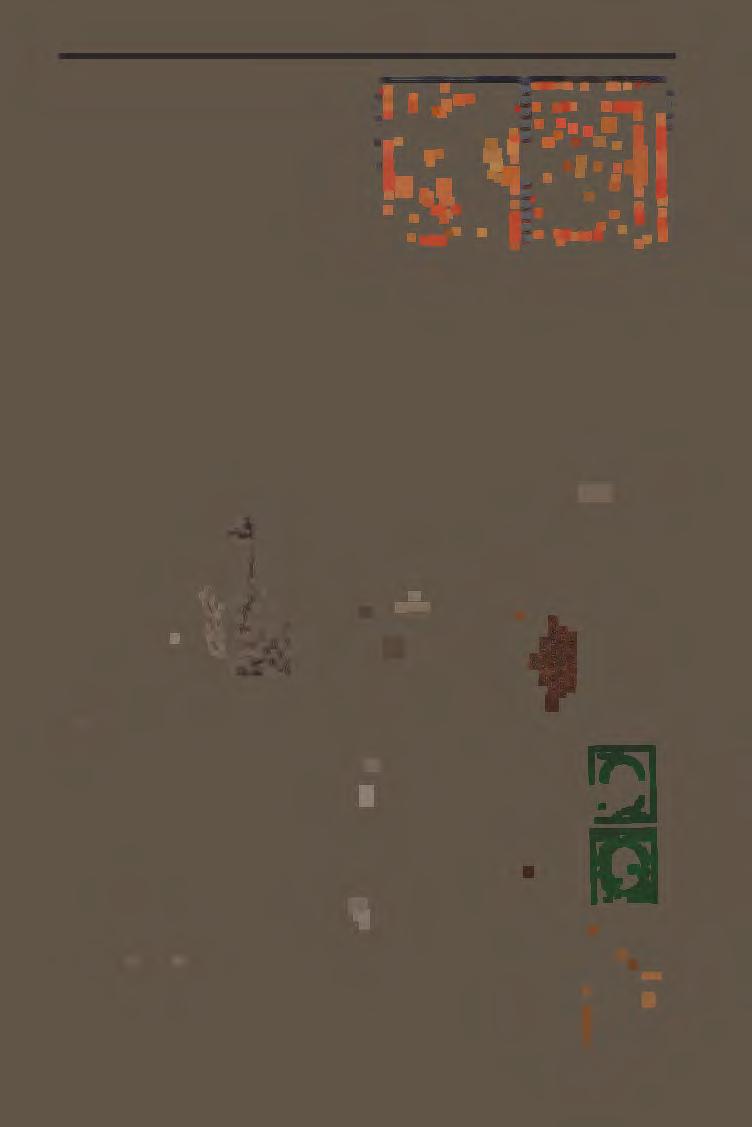
9 (above). Auto-Wound stamp coiling machine (image courtesy of Mick Hadley).
Figure 10 (right). Scott 383V leader strip with a legend indicating that it was produced using the Auto-Wound process.
the bottom of the sheet would be pasted over the top of the orange stamp on another strip. For horizontal coils, the green stamp in the strip at the left would be pasted over the top of the blue stamp at the right in another strip.
Another possible explanation is that when the coil was assembled, the first strip of 20 was hung or held in place by a clamp while a Bureau worker pasted additional strips of 20 into the coil. This theory has two problems: if it is right, then we would expect to see GPMs on many different types of paste-ups, not just paste-ups with a guideline and arrow. But we do not. Also, if the first coil strip of 20 was hung or held in place by a clamp there would not be a second GPM found in a paste-up pair later in the roll.
It is notable that the GPMs disappeared when the Bureau transitioned from using the Stripper to the Auto-Wound process, later in 1910. In the Auto-Wound process the pane of 400 was cut in half (i.e. into a block that is 10 stamps high by 20 stamps long, or 10 stamps long by 20 stamps high). The half panes of 200 were pasted together until there were 500 or 1,000 stamps in a row or column. Then, workers used a coiling machine to cut the roll into strips and automatically wind the strips into coils. See Figure 8 for an example of an auto-wound paste-up; note the neat, straight, parallel edges which is a characteristic of the process. See Figure 9 for photo of the Auto-Wound machine in operation, and Figure 10 for an Auto-Wound leader strip. (Notably, the Auto-Wound process reduced the number of workers required to make a coil to two; the manual process required 17.) The lack of GPMs on Auto-Wound coils reinforces the conclusion that the Markings are an artifact of the Stripper machine, since that machine was not used in the Auto-Wound coil making process.
My research into this variety is ongoing. I would appreciate scans of additional examples of GPMs.
I dedicate this article to the late Gerald Nylander, who helped me understand this variety and much else about the Washington-Franklins.
References
1. Martin A. Armstrong, United States Coil Issues 1906–38, Second Edition (Lawrenceville, New Jersey: Trenton Printing Co., Inc., 1980), 17.
2. This process was reversed for stamps with a “reverse” paste-up. For more information, see Cleland, Wallace. “The Washington-Franklin Heads: Was Scott 356 Pasted Up Backwards?” The United States Specialist 56, no. 7 (July 1985): 303–5; Girard, Mike. “Why Are the Paste-up Joints on the Scott #356 Horizontal Coil Reversed?” The United States Specialist 88, no. 6 (June 2017): 249–56.

Quality United States Stamps (1847-1945)
Singles (mint and used)
Plate Blocks
Booklet Panes plus Complete Booklets
Price lists-$2.00 each category
Price lists free on web: www.mountainsidestampsandcoins.com
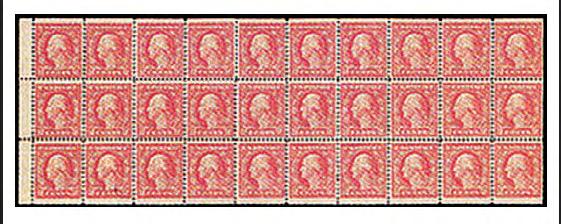
We also buy quality U.S. and foreign stamps
Mountainside Stamps, Coins and Currency
P. O. Box 1116
Mountainside, NJ 07092
Tel: 908-232-0539 or 908-419-9751
E-mail: tjacks@verizon.net
Tom Jacks, owner
Member APS, ASDA, USSS
First Edison Commemorative
by Rodney A. JuellUSSS #13852 | P.O. Box 3508, Joliet, IL 60434
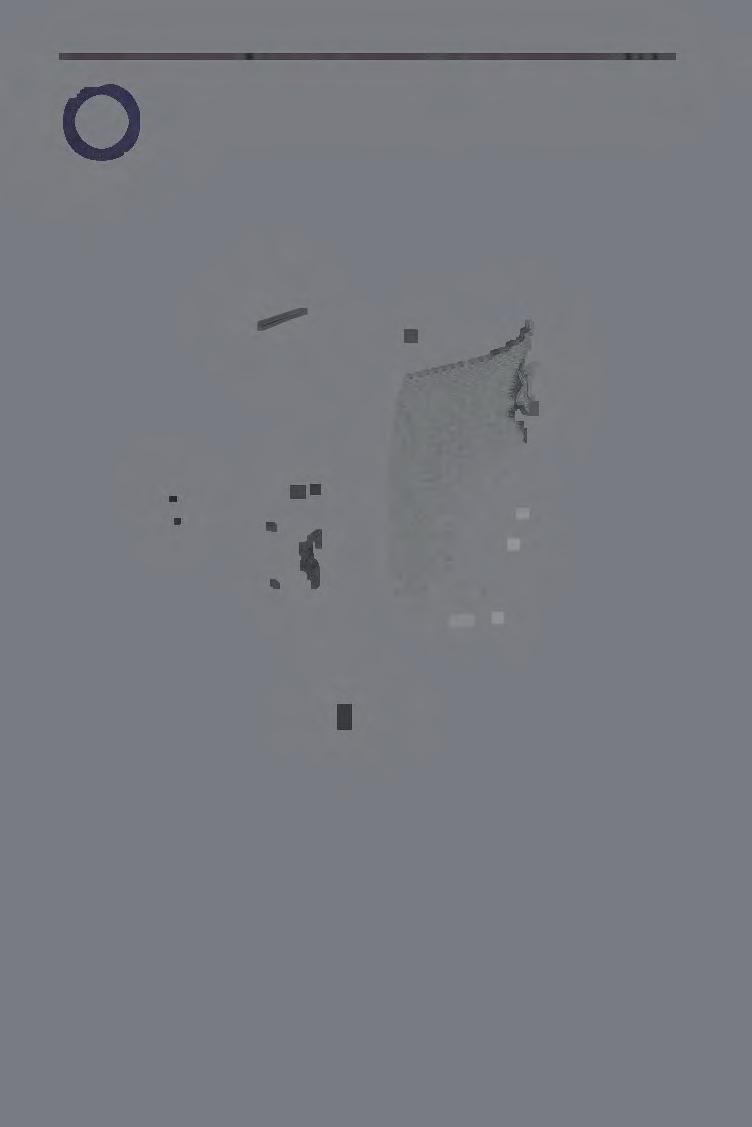
This month’s photo shows Postmaster General Robert E. Hannegan (left); Third Assistant Postmaster General Joseph J. Lawler (center); and Alvin W. Hall, Director of Engraving and Printing (right) , watching as the first Thomas Edison commemorative postage stamps (Scott 945) roll off the press at the Bureau of Engraving and Printing in 1947.
Shown nearby is a “favor” first day cover from PMG Hannegan on one of his corner cards, and the letter from Hannegan which accompanied the cover.
February 11, 1947
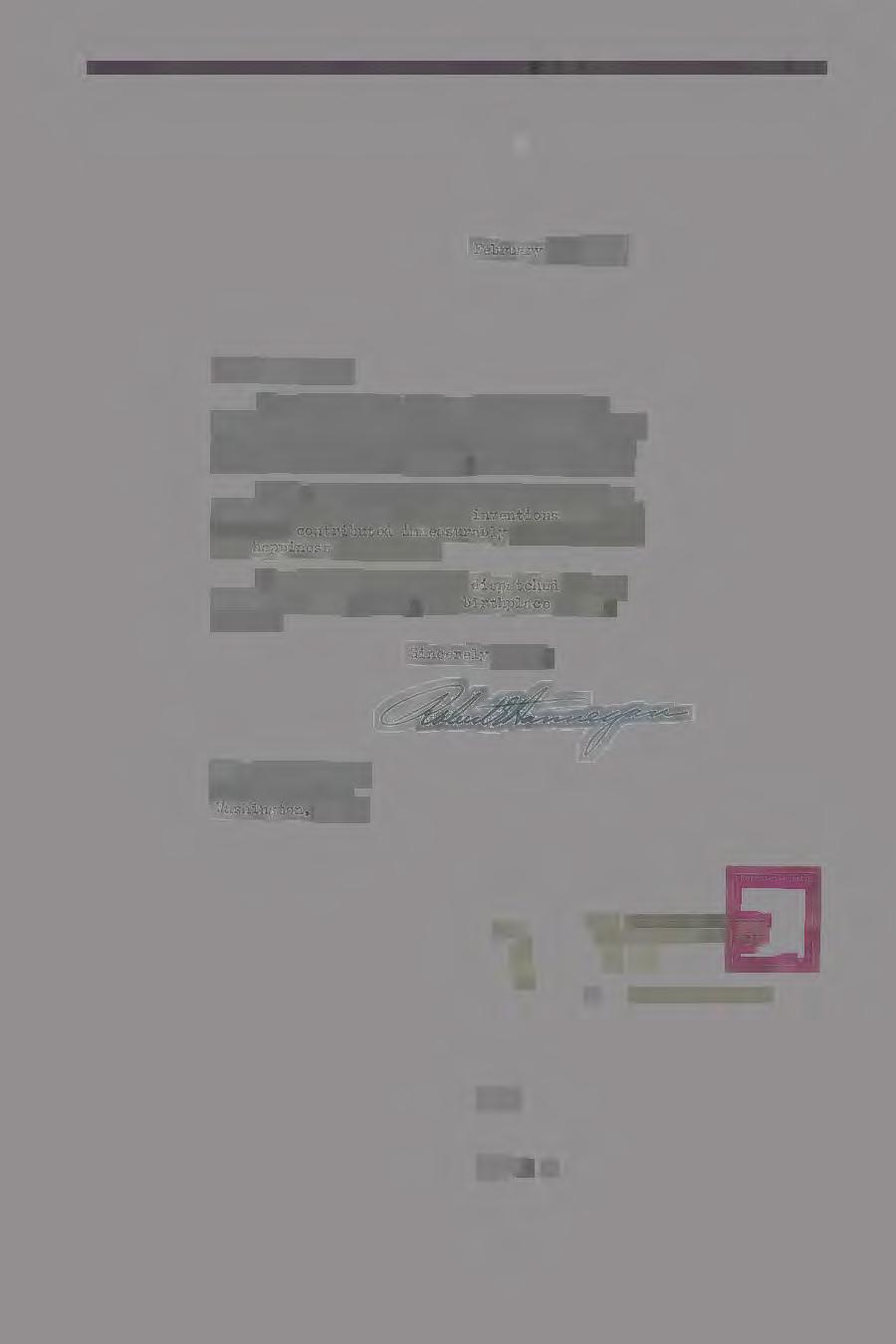
Dear Miss Odum:
I am pleased to send you this letter to which is affixed the 3-cent postage stamp issued on the occasion of the 100th anniversary of the birth of the creative genius, Thomas A. :al:l.ison ,
This stamp bears the likeness of Thomas A, Edison, who through his many inventions and discoveries contributed immeasurably to the comf'ort and ha pp iness of mankind.
I an having this letter dispatched to you today from J.lilan , Ohio, the birthplace of Mr, Edison,
Sincerely yours,
ll iss Reathel Odum
The \/hi te House Washington , D. C.
Miss Reathel Odum
The White House
1/ashington , D. C.
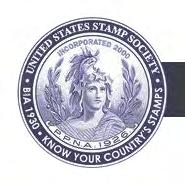

Old 249—A Lesson In Airmail History
by Jack Wall USSS # 17368 | m jackmartenwall@gmail.comIn the May 2023 issue of The United States Specialist, Rodney A. Juell wrote about the “50th Anniversary U.S. Air Mail Service” stamp (Scott C74) issued in 1968. His brief article spoke of first day covers of that issue, with an official Post Office Department cachet, that were flown following the first air mail route in 1918.
There were other cachet covers created to commemorate the 50th anniversary of the first airmail flight. Shown in Figure 1 is an example of one of those covers that bears a different, but unique, cachet and the first day of issue cancellation of the 1968 (Scott C74) stamp. The story behind this cover demonstrates the incredible tenacity of the early airmail pioneers.
Although the nation celebrated the official inauguration of airmail service, there was a painful and deadly period after 1918 that would usher in hard won advances in the expansion of airmail. In 1918, the airmail service was regional, and it would be two years

San Francisco. California to New York and Washington, 0. C.

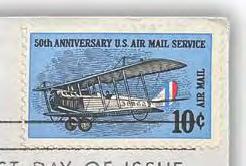


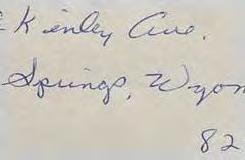
specially flown first day cover commemorating the 50th anniversary of US

before the first transcontinental route was flown. Even then, flights would only take place in daylight. In the subsequent years, between 1920 and 1926, establishing a network of airmail routes would be a demanding proposition for the Post Office Department. In the period from 1918 to 1926, the so-called “government era,” government employed pilots were lost at an alarming rate; there were 35 pilots and eight ground crew deaths. Indeed, the pilots who flew during that period nicknamed themselves “the suicide club.” As one can imagine, with each pilot death, loss of valuable aircraft was also a tragic consequence. One of these aircraft, a DeHavilland that was flown in 1922 by Henry “Hank” Boonstra, would become known as Old 249. The story surrounding Old 249 would contribute greatly to the 1968 commemoration of air mail service and the first day of issue ceremony for the Scott C74 stamp.
Boonstra, a government era airmail pilot, was assigned to fly airmail from Salt Lake City, Utah, to Rock Springs, Wyoming. On the morning of December 15, 1922, Boonstra was flying airmail plane number 249 from Salt Lake City, at an altitude of 9,000 feet, into a winter storm, when a downdraft caused his biplane to strike the peak of Porcupine Ridge, high above the town of Coalville, Utah, 45 miles east of Salt Lake City. The crash broke the landing gear and damaged the fuselage. Boonstra was slightly injured and spent the next 24 hours making his way down the mountain, through deep snow, and in a blizzard. He used his flight bag and a pair of extra pants to ease the burden of sinking below his waist in the mountain snow. It was tough and slow going.
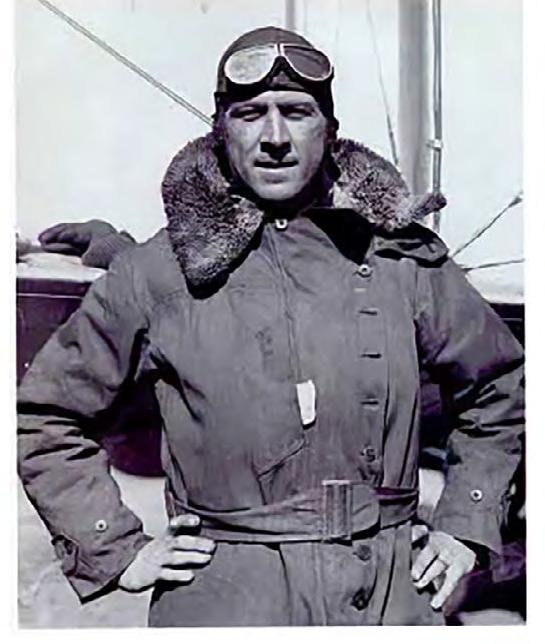
Boonstra finally spotted a barn nestled in the base of the canyon but found no one there. He rested briefly and then hiked another three-quarters of a mile to a small cabin, where he was taken in and spent the next two days recovering from his injuries. Although not fully recovered, he was well enough to be transported ten miles, by horseback, to the nearest telephone, where he reported his whereabouts to the Post Office Department in Salt Lake City. It took him two more days by sled and automobile to finally get back to Salt Lake City. Before Boonstra reported his whereabouts, seven airmail planes, one army plane, and volunteer search parties from nine cities along the route undertook an extensive search-and-rescue effort. Boonstra was reportedly stunned that such an effort was spent on his behalf because he believed that the Post Office Department was willing to accept the risks to the “Suicide Club” pilots, and because of the willingness of outside volunteers to help amazed him. The Post Office Department recovered the mail Boonstra was carrying on December 27, 1922. Figure 3 shows one of the “crash covers” retrieved from Old 249. The cover is marked with the crash information and the recovery date. Although the mail was recovered, and marked accordingly, the Post Office Department determined that the wreckage of the aircraft was irretrievable, and Old 249 was abandoned in place.
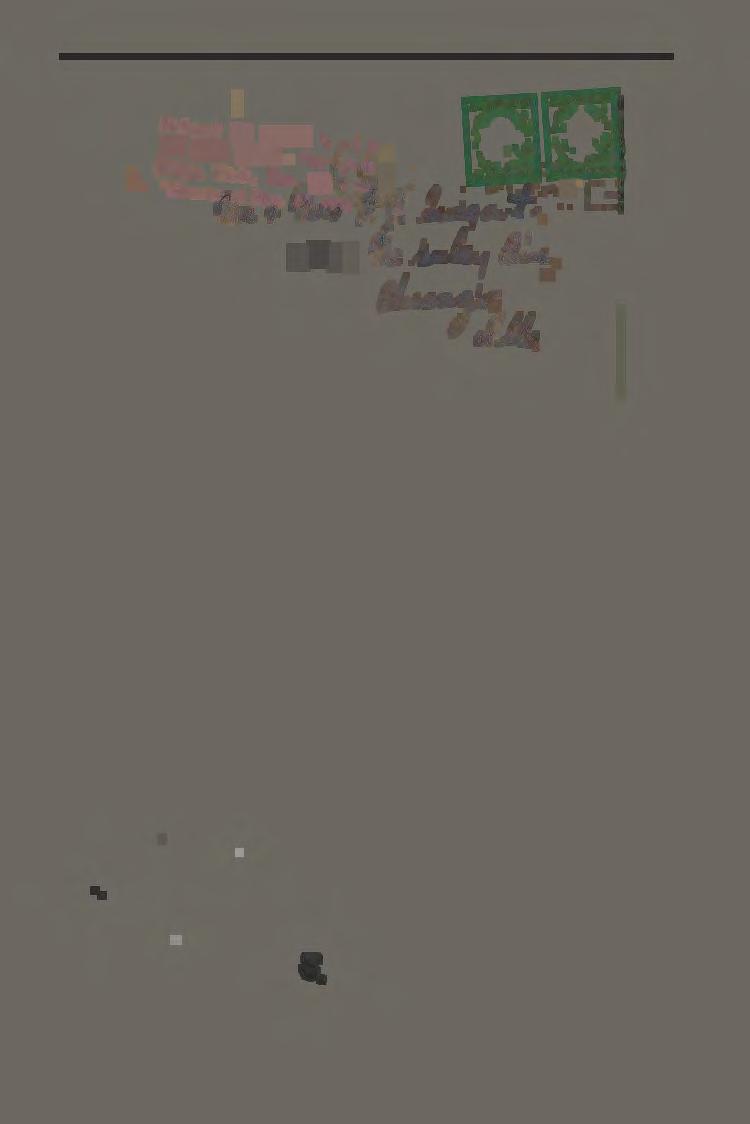
Following Boonstra’s harrowing crash, the Post Office Department added snowshoes to the equipment provided to the pilots. These would prove lifesaving when Boonstra crashed again, less than a month later, also in the mountainous terrain of Utah. Thanks to the snowshoes, Boonstra quickly made his way to a train track where he was picked up by a train heading to Salt Lake City.
In 1966, Bill Hackbarth, a postal equipment mechanic from California and a licensed pilot, recovered the DeHavilland DH-4 from the mountainous terrain of Porcupine Ridge. He paid a local shepherd to haul over 600 pieces of the aircraft down the mountain where they were shipped to Hackbarth’s California ranch. The intent was to restore Old 249 to its original flying condition. Hackbarth then planned to fly the plane across the country to Washington, DC, in commemoration of the 50th anniversary of US air mail and to take part in the first day of issue ceremonies.
Hackbarth assembled a restoration team consisting of experienced pilots and mechanics from the Government Era of airmail. One of these mechanics was Clarence Newson, the grandfather of the author, who held mechanics license number three from the Salt Lake City Airport. Newson had gained expertise in the application of linen fabric and hardening “dope” to wing surfaces, while working on airmail planes in the 1920s. He was an eyewitness to the fragility of the aircraft and the challenges pilots faced while flying the early aircraft on their airmail routes.
His personal recollections, as described to the author, about the pilot’s bravery and the uncertainty of navigation techniques that they confronted in all types of weather, were testaments to the immense effort and courage that contributed to coast-to-coast reliable airmail service. He recalled the crash of Old 249
vividly, and the efforts to locate its pilot. He also recalled, sometimes with a chuckle, that Boonstra was rumored to be plagued for years with fragments of the wicker pilot seat from Old 249 working their way out of the dermis on his backside.
To illustrate his point, Newson frequently commented that the mechanics would tell the pilots that “Elko is that way, we hope you make it!” This was not just a quip but sincere sentiment. It was an indicator of the immense gamble the pilots took that led to such historically significant success. It was also an indicator of an awareness, by everyone involved, of the risks associated with flying the airmail. Because of his expertise in dope and fabric, Newson would become a key figure in the final fate of Old 249.



Even with the consultation and hands on work of the restoration team, Hackbarth found the restoration difficult and nearly halted his efforts when his ranch caught fire and the plane sustained additional damage. Most importantly, the Liberty Engine original to the aircraft melted irretrievably. Hackbarth began a search for a new Liberty engine believing that he would find one since these engines were used by Hollywood to create wind conditions for movie sets. He was disappointed to find that none were left, most having been scavenged for scrap metal. Hackbarth resigned himself to the fate of Old 249 ending at his ranch. He was running out of time for meeting the 50th anniversary date. Hackbarth was sitting at his Santa Paula, California home when the telephone rang. It was a retired widow who lived on a Pennsylvania farm. She had read about the story of Old 249 and the melted Liberty engine. The lady explained to Hackbarth that her husband kept a new Liberty engine in the barn. She explained that the engine had never been used and that it was still in its original factory packaging. She told him he could have the engine free of charge if he paid the shipping to California. Restoration began anew with the help and consultation of many, including Newson, who had worked on airplanes like Old 249. The restoration was completed in time for Hackbarth to fly Old 249 to Washington, DC, for the 50th anniversary. He made it in time to participate in the first day of issue ceremonies.
The first day cover depicted, in Figure 1, was flown on the 50th anniversary commemorative flight aboard Old 249. The first day cover is signed by Bill Hackbarth, the man who led the recovery and restoration efforts and subsequently flew the cross-country commemorative route in 1968. The route originated in San Francisco, California, and, after several stops at the cities named in the cachet, arrived in Washington, DC, in time for the first day of issue ceremony where Scott C74 could be affixed to the covers and the first day of issue cancellation applied. To add to the celebrations, Old 249 was then donated to the Smithsonian National Air and Space Museum, and resided there until
it was loaned to the Smithsonian National Postal Museum, where it can be found on display in the atrium of the Museum today.
Impact on Philately
For the United States stamp collecting specialists, the efforts of the early airmail pioneers resulted in several fascinating dimensions for our hobby, including the collection of United States airmail stamps, airmail first day covers, first flight covers, and crash covers, in all their historical significance, just to name a few. The knowledge and joy that comes from collecting these philatelic items and other airmail memorabilia is immense. Knowing the sacrifices of the early airmail pioneers, and of their intrepid spirit, makes the collecting of these keepsakes even more meaningful.
As we look ahead to the 100th anniversary of contract airmail, in 2026, we can again anticipate a wide range of commemorations and collecting opportunities. I am certain that there will be more incredible stories to learn about. Happy collecting.
References
1. Juell, Rodney A., Vintage Photo of the Month, “50th Anniversary of U.S. Air Mail Service”, The United States Specialist 94, no. 5 (May 2023): 198–99.
2. Smithsonian National Postal Museum, Boonstra, Henry G., accessed August 12, 2023, https://postalmuseum.si.edu/ boonstra-henry-g
3. Smithsonian National Postal Museum, Fad to Fundamental Airmail in America–Old 249, accessed August 12, 2023, https:// postalmuseum.si.edu/exhibition/fad-to-fundamental-airmail-in-america-historic-airplanes-the-postal-airplanes-de-0

4. Boughner, Fred, (1988). Airmail Antics: Thrilling Stories of the Pioneer U.S. Government Airmail Service. 911Vandemark Road, Sidney, OH: Amos Press Inc.
5. 2020 Scott Specialized Catalog of United States Stamps and Covers. Amos Media Co., Sidney, Ohio.
6. Newson, Clarence W. (1976, December 27). Personal communication [Personal interview].
7. Wright, Nancy Allison (1999). On line article “Old 249 – The Movie” Accessed August 12, 2023 from https://www.airmailpioneers.org/ content/memorabilia1.html.
From The Farley Era Committee FDR, Farley and the Mother’s Day Stamp
by Paul M. Holland USSS #16849 | m pholland.thorleaf@gmail.com
The stamp affixed to this letter has been issued “In memory and honor of the Mothers of America.” Through the medium of this stamp, the entire Nation is privileged to pay tribute and homage to the Motherhood of the land.
To many, the Mothers’ stamp will serve as a messenger of love and devotion between members of scattered families, while to others it will revive in memory the rich heritages from home life of the past. Above everything else, the mission of this stamp will be to encourage us all to live closer to the ideals set for us by our Mothers.
I shall cherish the authorization of the stamp in honor of Mother as one of the highest privileges of my life.
—From a signed May 2, 1934, letter sent with favor first day cover of the Mother’s Day stamp to Secretary of Agriculture Henry A. Wallace by FDR’s Postmaster General James A. Farley
Curiously, the origin of the Mother’s Day stamp might be traced to a 1933 letter written by an E. H. Suydam, suggesting that a stamp be issued to commemorate the centenary of the birth of the artist James McNeill Whistler on July 10, 1934. In response
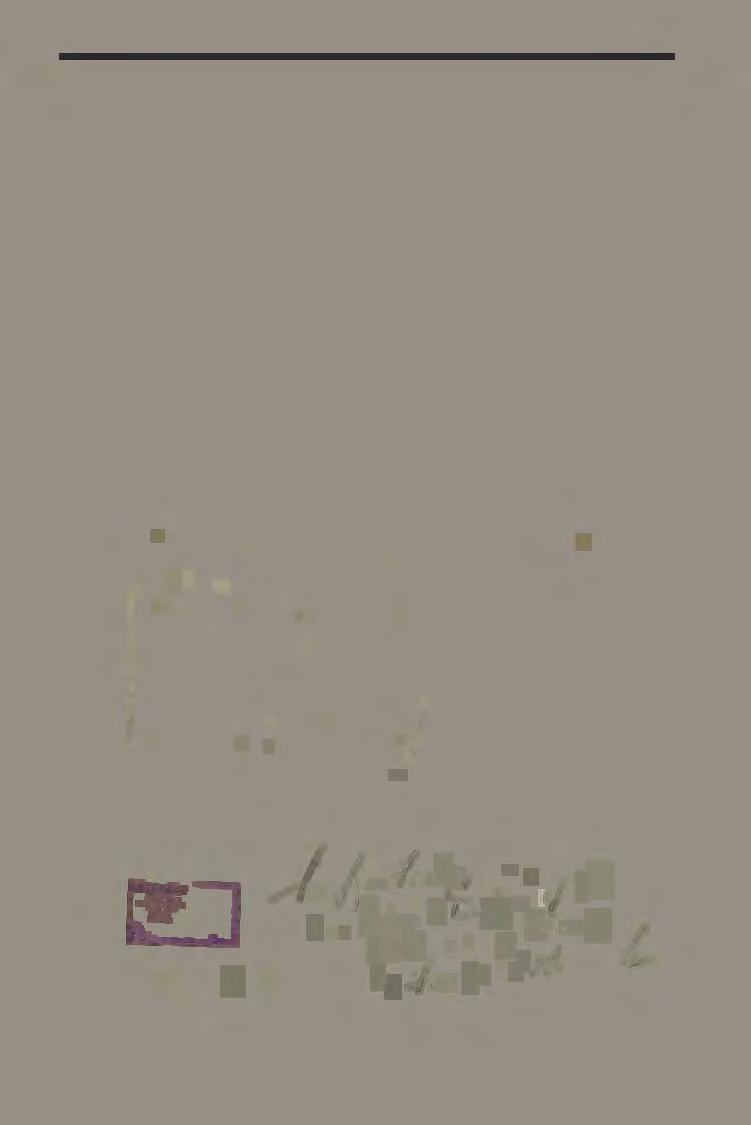
to this letter, President Franklin D. Roosevelt replied to Suydam on April 16, 1933, that “the possibility and advisability of issuing a memorial stamp” would be considered. That same day, FDR also sent a memo to Third Assistant Postmaster General Clinton Eilenberger asking him to consider the request, and asked whether it would be “possible to reproduce Whistler’s picture of his mother on a stamp.”1
Separately, the idea for a creating a special stamp to celebrate Mother’s Day seems to have originated with Mrs. H. H. McCluer of Kansas City, former president of the American War Mothers. When she presented it to the organization’s Executive Board on January 23, 1934, it was enthusiastically endorsed. Postmaster General James A. Farley also liked the idea and quickly arranged for the committee to meet with President Franklin D. Roosevelt on Thursday, January 25, where FDR’s response was “a beautiful thought.”2
A concept for the design of the stamp itself emerged when Farley met with FDR in his bedroom at the White House on the morning of February 16, 1934. FDR favored using Whistler’s famous painting of his mother in the design and made a crude pencil sketch of this as shown in Figure 1. Farley had him sign and date it.3 Note especially FDR’s crude outline of Whistler’s seated mother with the words “In memory and in honor of the mothers of America” and FDR’s further signed note “For Jim Farley—The Original Design of the Mother’s Day Stamp,” to which a copy of the issued stamp was added subsequently. Later on February 16, the Third Assistant PMG Eilenberger notified Mrs.

McCluer that a Mother’s Day stamp had been authorized. The Bureau of Engraving and Printing (BEP) was instructed to begin work the following day.2
It is intriguing to note that in Farley’s memoir he describes how “the President takes a personal interest in new stamp issues” and “very often he actually draws the designs himself.” Furthermore, Farley states that afterwards “I carefully take the drawing away from him and have him sign his name and the date to establish its authenticity.”3 This comment supplies the backstory behind the various FDR stamp design sketches that Farley later donated to the Smithsonian.
The painting itself, popularly known as Whistler’s Mother is shown in Figure 2. It was painted by American-born painter James McNeill Whistler in London in 1871, and is of his mother Anna McNeill Whistler. It has long been in the permanent collection of the Musée d’Orsay in Paris having been purchased in 1891. The formal name of the painting is “Arrangement in Grey and Black No. 1” and it’s one of the most famous works by an American artist held outside the United States. Interestingly, this painting was exhibited at the Art Institute of Chicago during the 1933 Century of Progress Exposition, where it was seen by over a million people before going on tour. From the beginning, this painting by

Whistler has sparked a wide range of reactions from reverence to parody, including it being depicted in animated cartoons and as the subject of the outlandish 1997 comedy movie Bean about the painting’s ill-fated visit to a museum in the United States while on loan.
It should also be pointed out that although he was born in America, Whistler himself was an expatriate, who by the age of 21 had moved to Paris to study art, never to return. He lived much of the rest of his long, colorful and controversial life in London. While his famous painting is featured on the Mother’s Day stamp, the commemoration of Whistler himself would have to wait for the 2¢ stamp of the 1940 Famous Americans series commemorating artists.
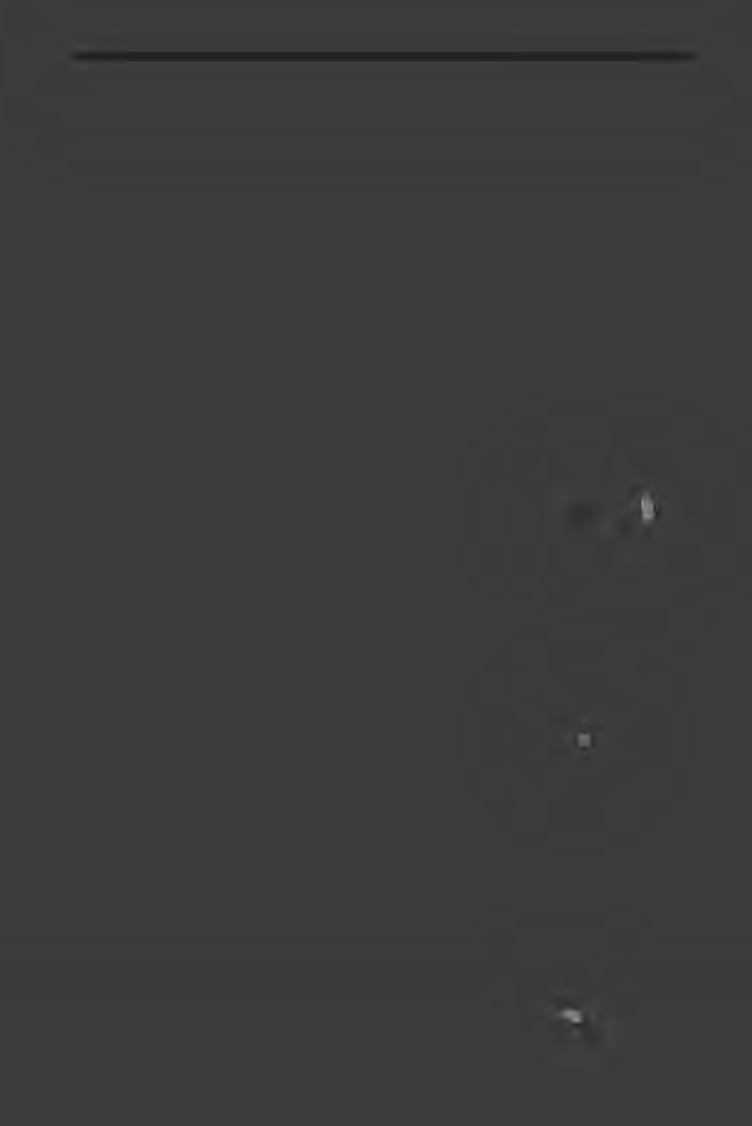
The BEP wasted no time getting started on the Mother’s Day stamp project and a total of seventeen essays in the form of drawings were prepared by A. R. Meissner and Victor S. McCloskey. Unlike the 1938 6¢ bi-colored airmail stamp, photoessays for all of these designs survive. All incorporate FDR’s wording “In memory and in honor of the mothers of America.” I’m fortunate in having four original examples of these photoessays, two by Meissner and two by McCloskey. The American Philatelic Research Library (APRL) has sixteen, and all seventeen are pictured in Max Johl’s book.1 The photoessays might be divided into several groupings. The first by Meissner typically show a nearly complete image of Whistler’s painting including both the picture hanging on the wall and portion of a picture frame at the upper right, using side panels for other information. My representative examples of the Meissner photoessays are shown in Figure 3. Both show Whistler’s painting with decorative side panels, with the one at the top showing FDR’s wording inserted into the field of the painting.
The five other Meissner photoessays (courtesy APRL) are shown in Figure 4. These show a progression, experimenting with placement of the text and then cropping the painting to focus on the portrait of Whistler’s mother. However note that in each case, the picture hanging on the wall remains. All show side panels, with the essay at the top
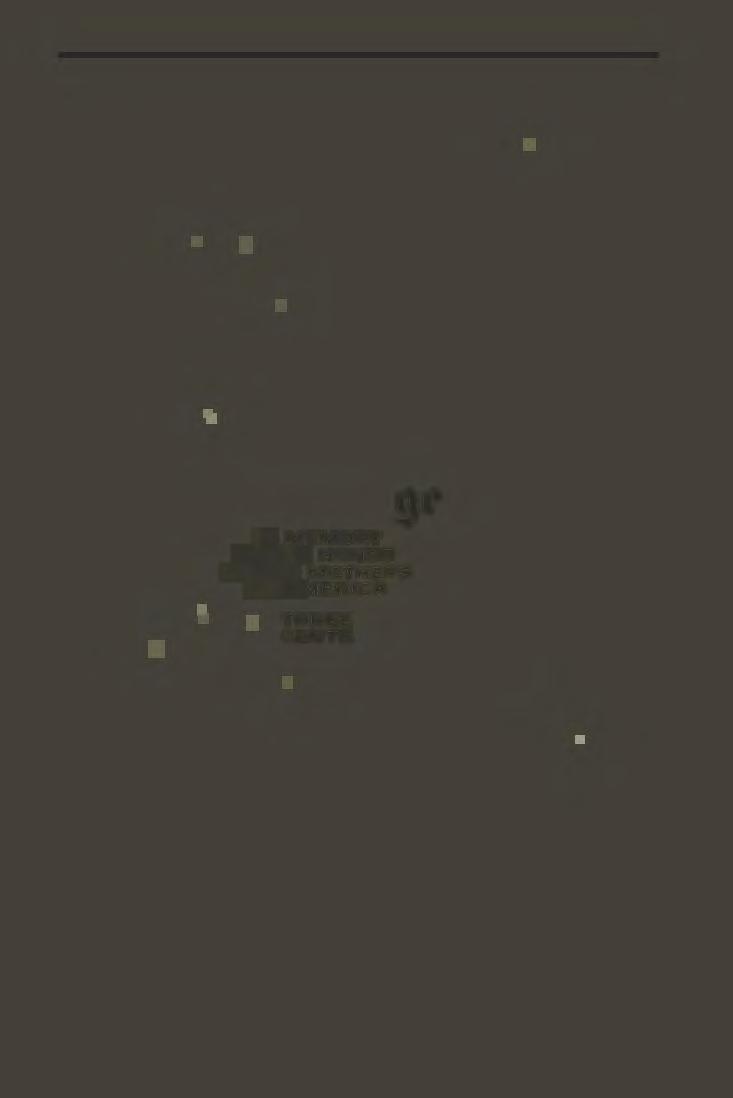
left showing decorative side panels, with FDR’s wording now on a curled ribbon at the right. Other side panels show FDR’s wording in Gothic lettering on the left, paired with flowers on the right.
My two examples of the McCloskey photoessays are shown in Figure 5. They reveal that McCloskey has taken the bold approach of removing large portions of Whistler’s painting that do not show his seated mother, including removing the pictures hanging on the wall. A large display of flowers has also been introduced at the left to help balance the remaining design, with the top example showing a flower pot, while that on the bottom substitutes a large numeral 3. The required blocks of text are positioned in
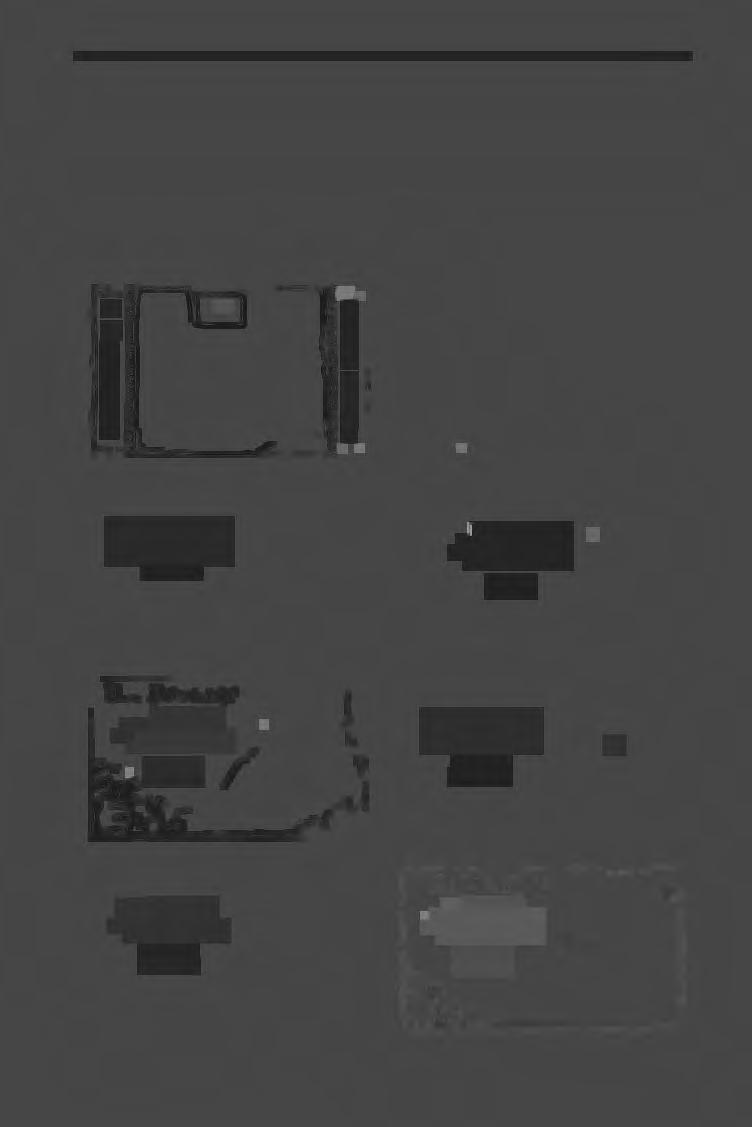
between. Note also clear evidence for the use of a “paste up” for the words “U. S. Postage” in Gothic lettering for the essay in the bottom.
The seven other McCloskey photoessays (courtesy of APRL) and the final essay (from Johl’s book)1 are shown in Figure 6. The one at the top left very closely resembles the Meissner essay with side panels at the top of Figure 3 that shows pictures hanging on the wall. To its right, a quilt-like design pattern is employed for the left side panel with a large numeral 3 and the picture on the wall is now covered by a block of text. As with those in Figure 5, none of the other McCloskey essays have side panels or show
the picture on the wall. All others show variations in the size and placement of the text, along with a single variant that displays a closeup image of a mother’s face in place of Whistler’s seated figure. In the final two essays at the bottom, Whistler’s painting has been cropped at the bottom to enlarge the image of his mother. Minor variations in the size and placement of the text are also explored. Ultimately, McCloskey’s design at the bottom right was selected on March 28, 1934.
As a result, Victor McCloskey is formally credited as the designer of the Mother’s Day stamp, although FDR’s original design concept and sketch certainly played a role. The vignette for the stamp was engraved by J. C. Benzing, who has skillfully restored a portion of the picture frame on the wall from Whistler’s original painting, as can be seen at the upper right of the text block on the final issued stamp (see page 221). The lettering for the stamp was engraved by E. M. Hall and W. B, Wells, with the die proof approved by Postmaster General James A. Farley on April 10, 1934. Deep violet was selected as the color for the Mother’s Day stamp.

Both flat plate and rotary press printing were used. The first printing on Tuesday, April 13, 1934, was by flat plate at a ceremony in the presence of First Lady Eleanor Roosevelt. She is shown examining the first Mother’s Day stamp sheet coming off the press with PMG James Farley and Third Assistant PMG Clinton Eilenberger in Figure 7. The first five sheets of stamps, still imperforate and ungummed, were purchased by Farley, who inscribed them and presented them to FDR , Mrs. Roosevelt, VIPs and some family members.
The third such imperforate sheet printed, inscribed to his children is shown in Figure 8. Farley’s inscription at the top right (enlarged closeup) states that “…only five
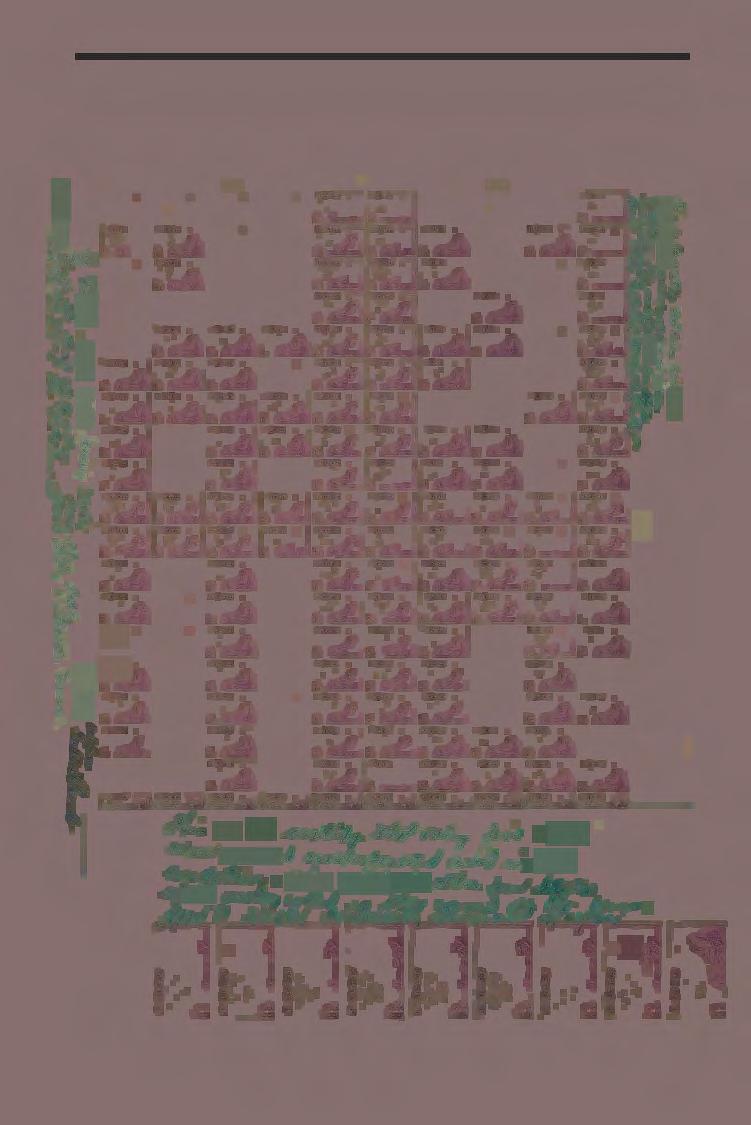
sheets were issued unperforated and in this condition.” The inscription on the other side goes on to say that “The first sheet was given to the President and the second to Mrs. F. D. Roosevelt.”
These flat plate printings were perforated 11. Rotary press printings of the Mother’s Day stamp began on April 17, 1934, and can be distinguished from flat plate stamps since they are perforated 11 x 10 ½. These are much more common, with some 92.6% being of the rotary press type.
The original issue date for the Mother’s Day stamp had been set for May 12, the day before Mother’s Day. However the official release date was moved up to May 2, 1934, to allow the stamp to be more widely distributed, so that as many people as possible could use it for mailing letters to their mothers. In fact, Farley suggested that every person “blessed with a living mother observe Mother’s Day, Sunday May 13, by writing their mothers a special letter of appreciation, and by sending it in an envelope adorned by the special Mother’s Day stamp.”1
Shown in Figure 9 is a favor first day cover in my collection on official Postmaster General stationery that was sent to FDR’s Secretary of Agriculture Henry A. Wallace with a signed letter from PMG Farley. Note Farley’s signature in his trademark green ink. This favor FDC is franked with a rotary press version of the Mother’s Day stamp, and there
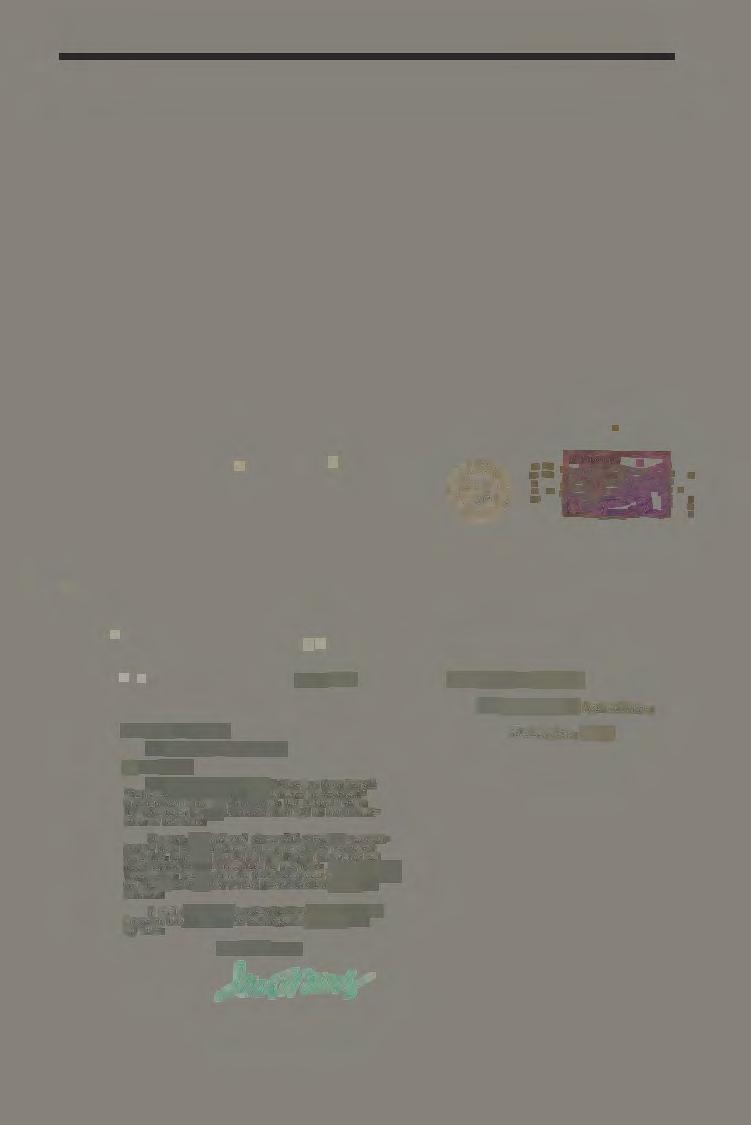
May 2 , 1934.
Hon. HeDl7 .A, Wallace.
'l!M Secretary of Agriculture.
J'3' dear Henry:
'l'b9 atanp affixed to th111 letter ha• been lawed. 11In melllOry and in honor of tAl!I Mother• of Ml&rica 11 !hrough the mediu:n ot tb111 11tan:p. the entire Nation h privileged to p~ tribu.te and homage to the Motherhood of the la:,,d,
To many, the Motbor11' etamp rlll eerve as a manenger of love and devotion between members of scattered families, while to others it will revive 1n memory the rich heri tagea trom home lite of tbe past Above everythin& el.a, the miHion of this stamp will b e to encourage u.11 all to live cloeer to the .et for ua by our
I ahall cheriah the authorh:ation of the •t!lllll in honor of Mother aa one of the privileg es of my life.
Very truly yours•
Hon. Heney A. Wallace, !he Secretary of Agriculture, Washington, D. C
Figure 9. Favor FDC for the Mother’s Day stamp with signed letter sent to Secretary of Agriculture Henry A. Wallace by PMG Farley.
is a May 3, 1934, Agriculture Department receiving stamp on the back of the letter (not shown). Henry Wallace was an especially important New Deal figure, who following the 1940 election became Vice President of the United States.
Farley also signed favor FDCs for the Mother’s Day stamp in green ink, such as the example shown in Figure 10. This is addressed to a Reverend Crosby in Nyack, New York.
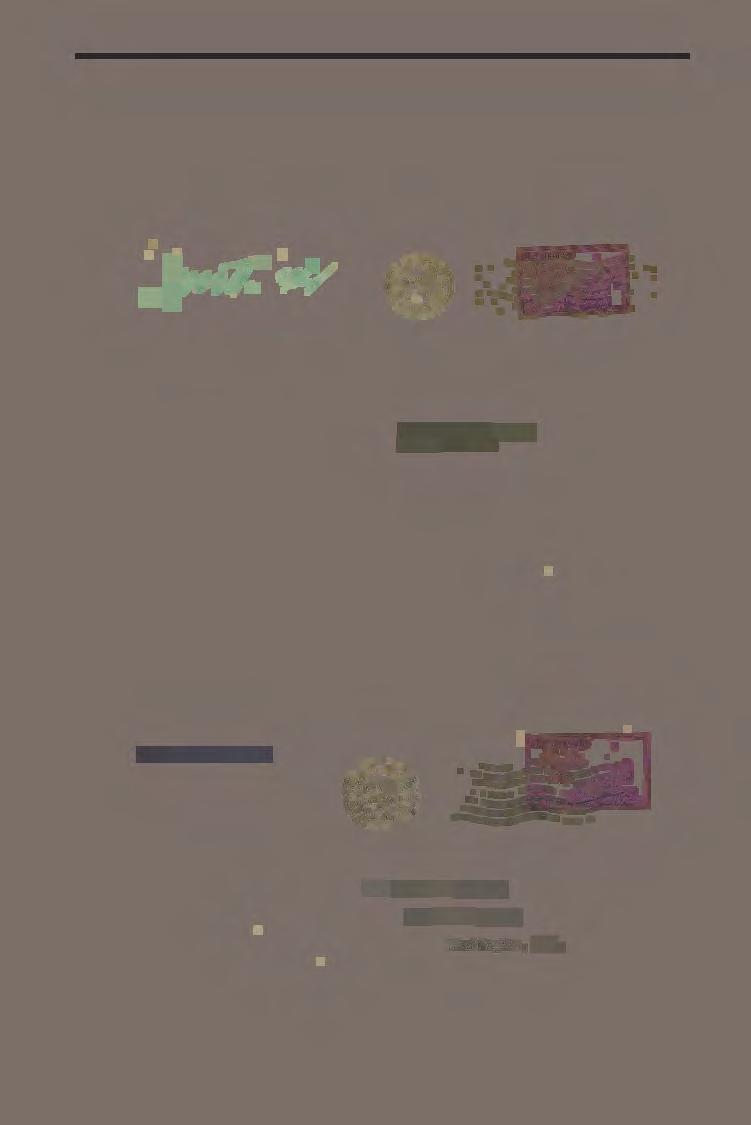
I’m fortunate in having an FDC for the Mother’s Day stamp on official White House stationery as shown in Figure 11. This, franked with a rotary press stamp, was sent to Jules Rodier, White House telegrapher since the days of President William McKinley.
D,C.
of l~t bid~ of
:3/i,m,• .).l>boU effi,1),till ~~i•lln ;An1itric"nn l)aiulitr i,m,,11, efflnu. • ll1tl1? t
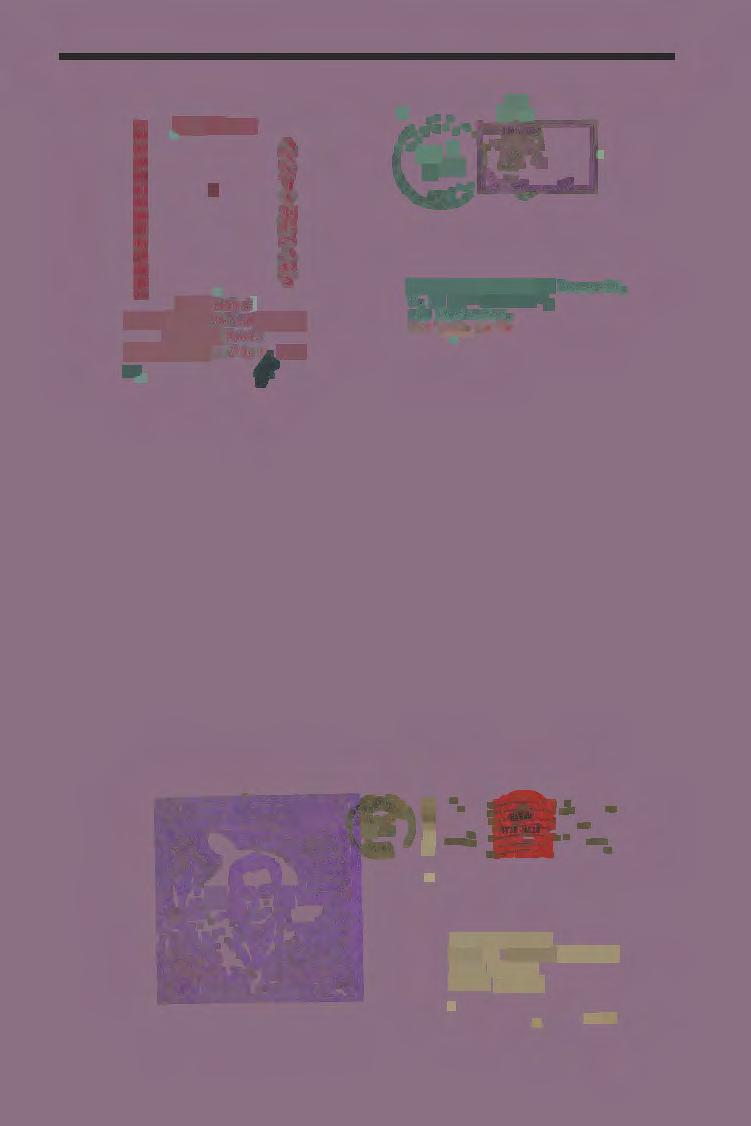
President Franklin D.
birth.
However the centenary of Whistler’s birth was not entirely forgotten, as shown by the July 10, 1934 cover sent to FDR in Figure 12. The cachet employs a mirror image of the Whistler’s Mother painting printed in red along with information about Whistler’s birth on July 10, 1834 in Lowell, Massachusetts. This cover is franked by a flat plate version of the Mother’s Day stamp. Most unusually, the cover is addressed to FDR on the USS Houston c/o the Postmaster of New York City. You see, at the time FDR was on a month-long Presidential Cruise aboard the USS Houston that began on July 1 at Annapolis, Maryland. This included stops in Haiti, Puerto Rico, the Virgin Islands and Cartagena, Colombia, where FDR was being welcomed by President of Colombia on July 10, the day this cover was posted. Now in my collection, FDR eventually received the cover as shown by the Harmer Auction backstamp.
The Presidential Cruise continued with passage through the Panama Canal, then on to the Hawaiian Islands, with stops at Hilo and Honolulu. Shown in Figure 13 is another unusual FDR cover in my collection addressed to “The President, Aboard the USS
.~t..r·z.i i
Houston, Hilo Harbor” that was directly delivered to him aboard the USS Houston on July 25 in Hilo Harbor. This cover was specially prepared by Hawaii Philatelic Association and is franked by a single example of the 2¢ Hawaii commemorative stamp of 1928 issued in honor of the 150th anniversary of Captain Cook’s arrival. The cachet welcomes FDR in the Hawaiian language, which translates as “Hugs and greetings to you, President Roosevelt, with much love.” The back (not shown) is signed by various members of the association, including the Chairman and members of the Cachet Committee, with an auction authentication backstamp showing that it was delivered to FDR without problems.
The following day, FDR arrived in Honolulu where he was welcomed by an estimated 60,000 people. He stayed at the Royal Hawaiian Hotel on Waikiki Beach, touring Hawaiian cultural landmarks, New Deal inspired building developments and military areas.4 Then FDR departed aboard the USS Houston on July 28, arriving back on the mainland at Portland August 2, 1934. From there the Presidential party continued on by train, interestingly the return trip included a day-long visit to Glacier National Park on August 5 by open top touring car.5
The Mother’s Day stamp was also used on outgoing mail at the White House as shown by the September 16, 1935, cover shown in Figure 14. This was franked with a rotary press stamp and sent to Paul M. Hart, a senior member of FDR’s Secret Service detail at the Hotel Campbell in Poughkeepie, New York, during a three week stay by FDR at Hyde Park in early September 1935.
BUY U. 5. SA BeJND ASK YOUR POS
!Ir Paul Ji Har t,
1& Hotel Campbell , Poughkeepsie, 1, ew York
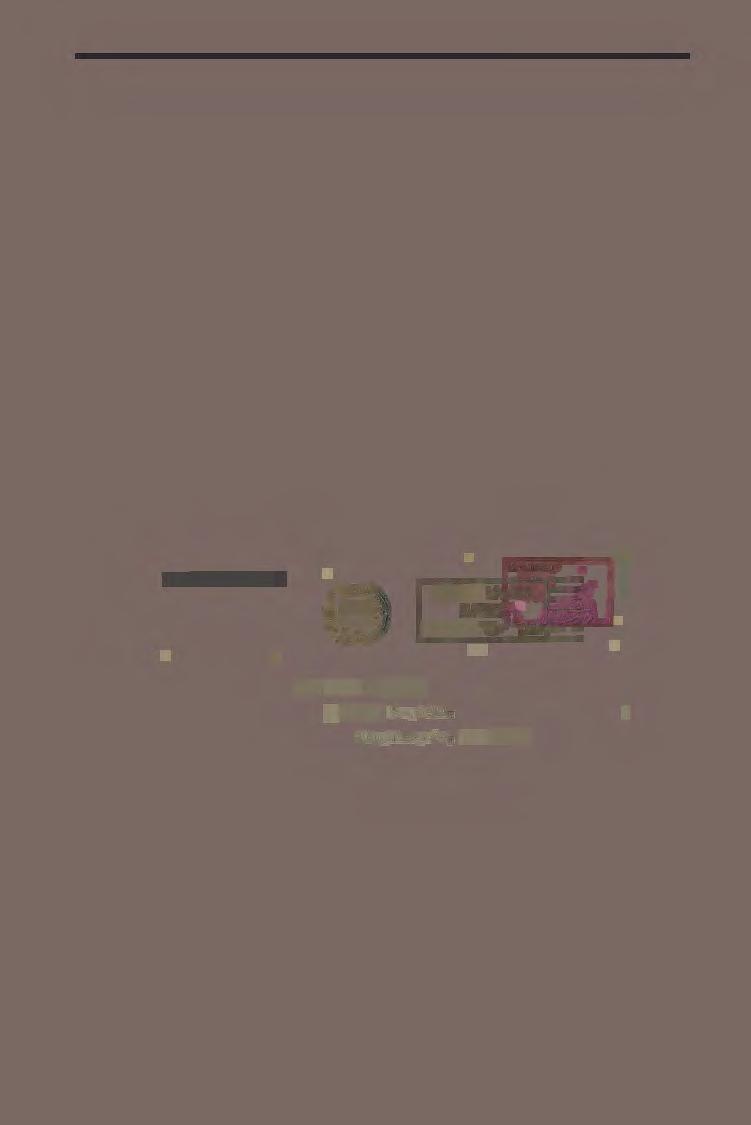
Figure 14. September 16, 1935, White House cover sent to Paul M. Hart of the Secret Service.
Not surprisingly, the Mother’s Day stamp also appears on mail sent to FDR by the general public. This example from my collection, again franked by a rotary press stamp, was sent to FDR from Saint Albans, West Virginia, on April 30, 1936.
Ultimately, fallout in the philatelic world from the initial flat plate printing of the Mother’s Day stamp on April 13 (shown in the photograph in Figure 7) should be mentioned. According to Max Johl, a press release at the time had described Farley’s purchase and autographing of some sheets of these stamps for senior officials and family members, but after word got out that an imperforate sheet of Mother’s Day stamps was apparently
Figure 15. April 30, 1936, cover sent to FDR from Saint Albans, West Virginia.
offered for sale by a private individual in November 1934, this triggered various protests by stamp collectors2 and the ensuing brouhaha later became known as “Farley’s Follies.” The imperforate Mother’s Day stamp sheet in question was apparently yet another example, this time signed and dated by Farley on May 18, 1934. This complex and interesting topic has been previously covered in detail by Ralph L. Sloat in a lengthy series of articles in the United States Specialist and in his book Farley’s Follies. 6 There were of course political implications, in which Republican Congressman Charles D. Millard of New York played a leading role. In particular, Millard gave a speech on an “Inquiry into the Postmaster General’s Distribution of Imperforate Stamps” in the US House of Representatives on February 5, 1935. A portion of his remarks as published in the Congressional Record are shown in Figure 16. Here, he states that “During the present administration it has been the practice of the Postmaster General…” that before the first few sheets of stamps were gummed and perforated, that he “…autograph them, and present them to a few favored friends.” The Mother’s Day stamp was singled out as
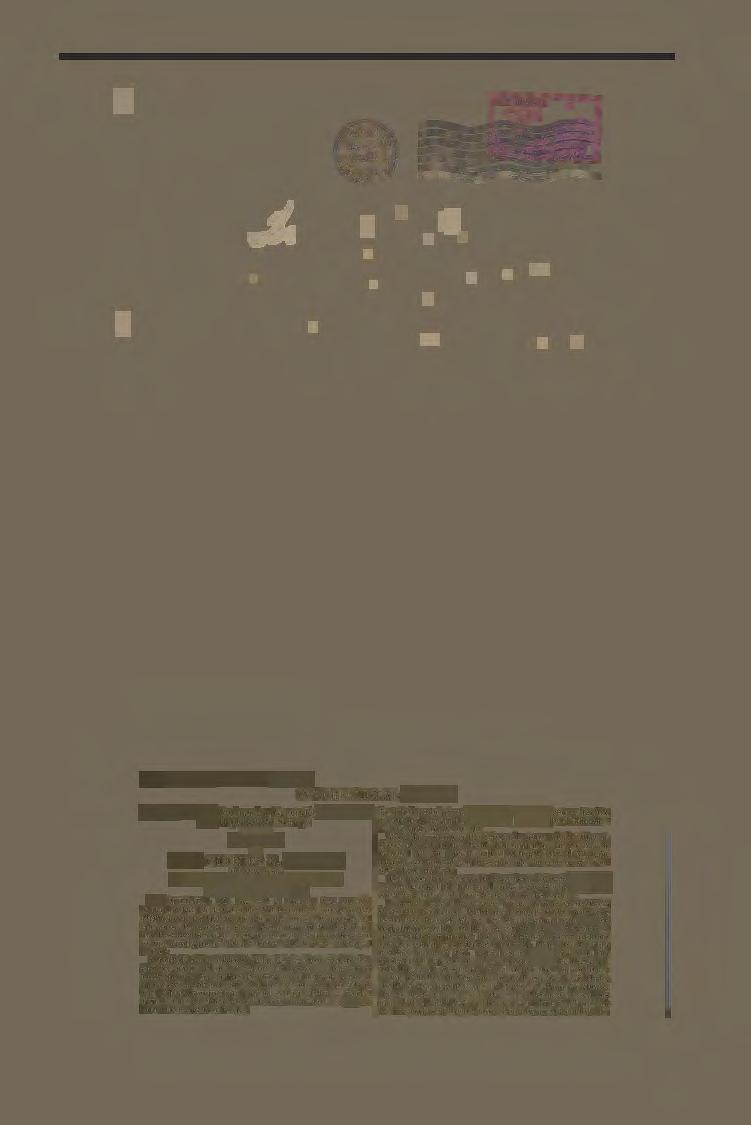
(Not printed at Governnumt expenu)
CONGRESSIONAL RECORD
Inquiry in to the Postmaster General's Distribution of Jmpcrforate Stamps
REMARKS
HON. CHARLES D. MILLARD 0)' NEW VORK IN THE HOUSE OF REPRESENTATIVES
Tuudav, February 5, 1935
Mr. Mll.LARD. Mr. Speaker, a practice has recently a-rown up that I reel Should be brought to the attention of tJ1e Members of this House, and made the subject or an lnvestlgatlon by the members o! the Committee on the Post Office and Post Roads, $0 that those responsible tor it may be given an opportunity to defend themselves and to make an explanation, On behaU of the 9,000,000 phllatellsts In the United States, and because I feel that the American people are entitled to know the facts concerning the Postmaster General's practice of bestowing valuable gifts upon his friends and officials or the Federal Government, I Introduced the following resolution or inquiry, which was referred to the Committee on the Post omce and Post Roads:
inscribed one or these imperforate sheets of stamps for the President, Colonel Howe, and one !or his own childrenBetty, Ann, and James, Jr.
With the prlnting or the Wisconsin stamp which followed, Sheets are said to have been autographed by the Postmaster General for the President, hts secretary, Third Assistant Postmaster General, and this time one for each or Mr. Farley's three children.
This procedure appears to have been followed with each new issue until the national parks stamps when the first sheet WM presented to the Secretary of the Interior.
I have no definite knowledge of how many of these sheets have been distributed, though the mcmber,s of the Post Office Commltt.ee have shown me the cottrtesy of letting me see reply furnished by the Postmaster General In response to the resolution of inquiry. I think, however, a fairly accurate estimate would be considerably over 100. There has been an ~tlinate made of 160. Press reports have crltlclZed the presentation of some of the recent stamps to the President, Mrs. Roosevelt, secretary Ickes, the chtldren of the Postmaster General, the Secretary to the President, IA>ul.s Howe, the F!rst AssiStant Postmaster General William W. Howes, the Acting Second Assistant Postmaster General Jesse Donald.son, the Third Assistant Postmaster General Clinton B Ellenberger, Gen. Hugh Johnson, an unnamed friend of Mr.
Figure 16. February 5, 1935, remarks by Rep. Charles D. Millard from the Congressional Record (author’s collection).
having been presented by PMG Farley to Mrs. Roosevelt, with others inscribed to “the President, Colonel Howe, and one for his own children…”
In response to this wave of criticism, PMG Farley and the Post Office Department arranged for special printings of full uncut sheets of the stamps in question to be made available to collectors at face value. These special printings were issued on March 15, 1935. In his memoir, Farley cheerfully acknowledges his earlier mistake (he was not a stamp collector) and notes that the special issue stamps, few of which were ever used for postage, brought in nearly one and a half million dollars of extra income to the Post Office.3 These stamps remain favorites among collectors today.
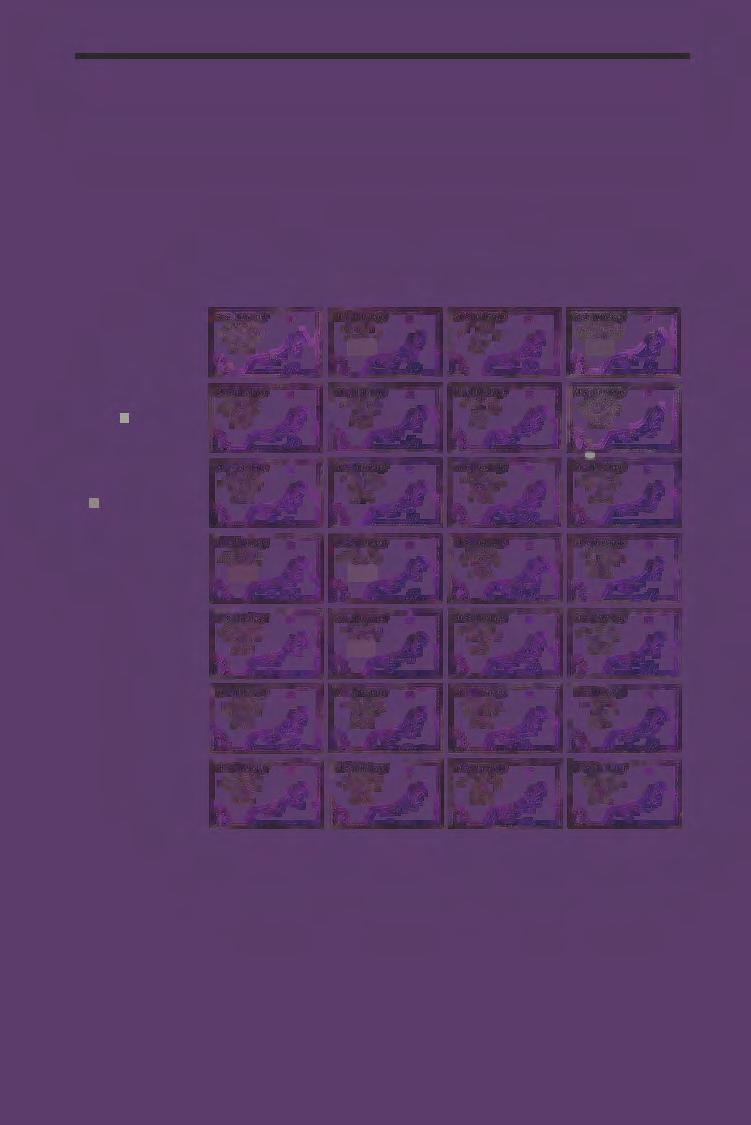
Subsequently, Millard continued his political attacks on PMG Farley and the FDR administration over this issue in the lead up to the 1936 election. This included sending out first day covers on his official Congressional stationery with a printed cachet indicating that this was related to an “Inquiry into the Postmaster General’s Distribution of Imperforate Stamps.” Included was the four page printed enclosure from the Congressional Record shown in Figure 16. This led to what I have termed a “1936 Political Battle Waged with First Day Covers: A Skirmish in the Saga of Farley’s Follies,” published several years ago in The American Philatelist. 7
While Farley remained Postmaster General, he was also Chairman of the Democratic National Committee as well as FDR’s campaign manager in the 1936 re-election effort. A master politician, Farley presided over FDR’s great landslide victory over Alf Landon who carried only two states, leading Farley to coin the phrase “as goes Maine, so goes Vermont,” parodying the earlier aphorism that in presidential politics “as goes Maine, so goes the Nation.” While Millard was re-elected to his seat in the House of Representatives, the Democrats also increased their commanding lead there to more than 75% of the seats. Besides playing an important role in triggering the “Farley’s Follies” brouhaha, the Mother’s Day stamp proved to be popular with the public and it is one of my favorite stamps of the Farley era. A marginal imperforate block of twenty-eight of these stamps from my collection is shown in Figure 17. This emblematic symbol of the Farley Era bears FDR’s well-chosen words “In memory and in honor of the mothers of America.”
Acknowledgment
The author would like to thank Scott Tiffney and the American Philatelic Research Library for providing images of photoessays in Figures 4 and 6.
References
1. Brian C. Bauer, Franklin D. Roosevelt and the Stamps of the United States 1933–45, Linn’s Stamp News: Sydney, Ohio 1993, page 247.
2. Max G. Johl, The United States Commemorative Postage Stamps of the Twentieth Century: Volume I 1935–1947, H. L. Lindquist: New York, 1947, pages 180–182.
3. James A. Farley, Behind the Ballots, Harcourt, Brace and Company, New York, 1938, pages 338, 258–9.
4. Paul M. Holland, “FDR & the 1937 Hawaii Territorial Commemorative Stamp,” The United States Specialist, July 2022, pages 296–304.
5. Paul M. Holland, “Favor FDCs and Letters of the 1934 National Parks Series: 9¢ Glacier
Quality US Stamps At Competitive Prices
Free pricelist available via mail or on my web site. Mint & used singles , blocks, plate blocks, & back of book. New issue service available.
Scott A. Shaulis
P.O. Box 549
Murrysville, PA 15668 scott@ shaulisstamps.com www.shaulisstamps com
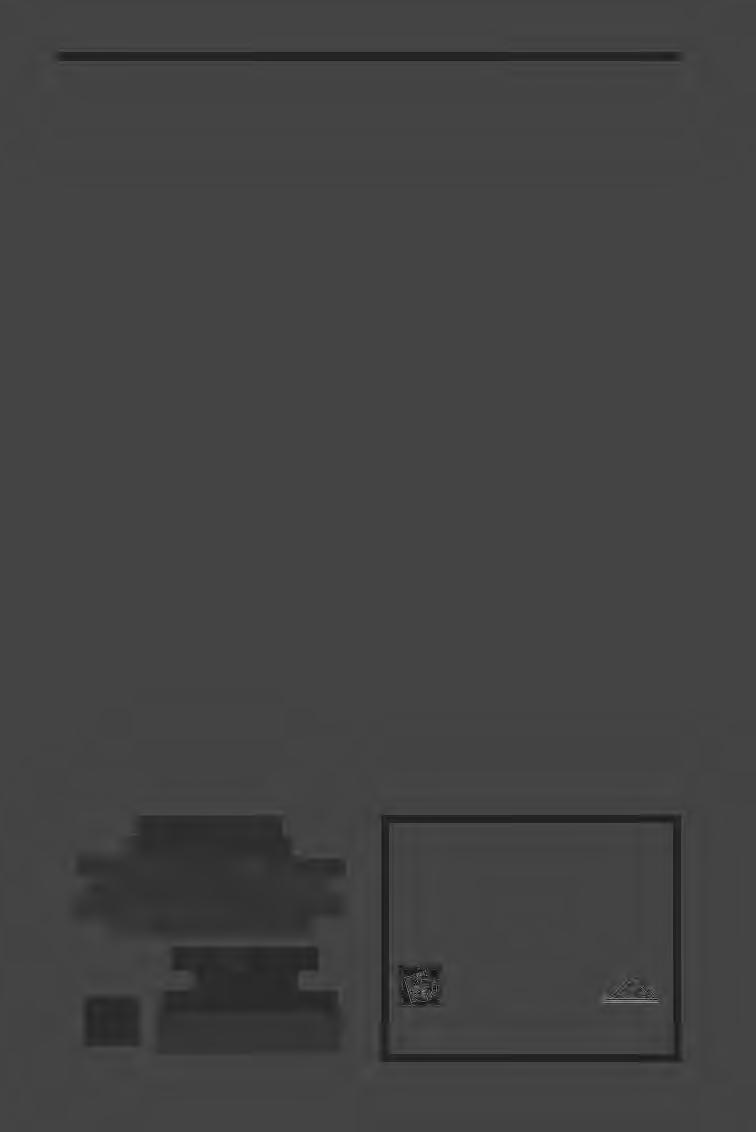
Stamp,” The United States Specialist, May 2019, pages 209–217.
6. Ralph L. Sloat, “Farley’s Follies,” The United States Specialist, lengthy series of articles from June 1974 through May 1978 (see especially pages 276, 375–6, 473 and 569–70 in the June, August, October and December 1974 issues). Much of this material has been re-published in Sloat’s book, Farley’s Follies, Bureau Issues Association: Federalsburg, MD, 1979.
7. Paul M. Holland, “1936 Political Battle Waged with First Day Covers: A Skirmish in the Saga of Farley’s Follies,” The American Philatelist, March 2019, pages 240–243. USatFACE.com
If you collect Plate Blocks, Booklets, Coils, or Sheets, the above website, with hundreds of sets at Face Value, will be a great savings to you. Enjoy the hobby.
Armen Hovsepian (APS 150170) P. O. Box 24222 Overland Park, KS 66283 info@USatFACE.com
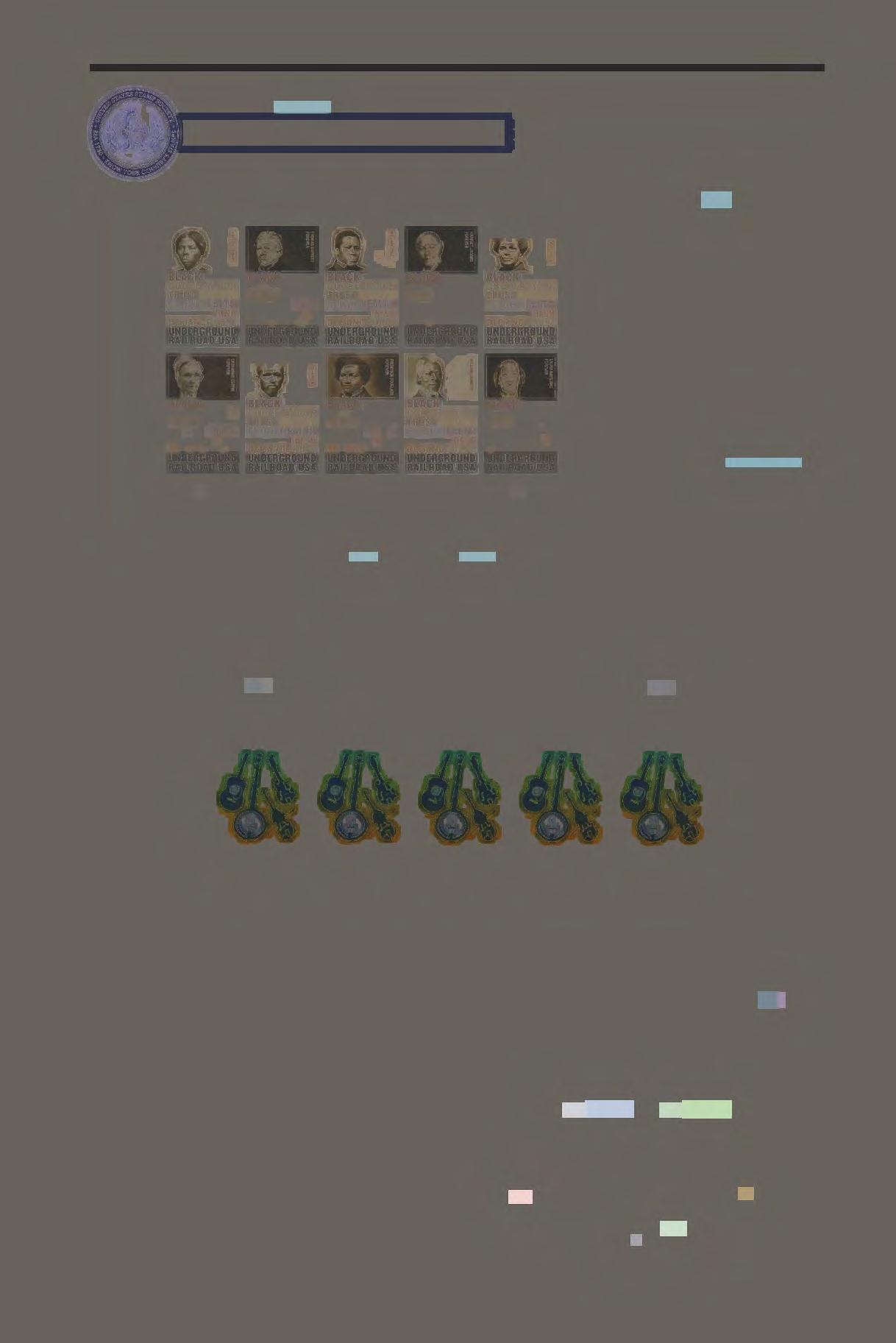
Garden Delights Booklet P1111
3
3
#???? Celebration Blooms
B11111 UL UR LL LR
2r x 4c 1,2,3,4,5,6,7,8*

#???? (92¢) Wedding Blooms
2 ounce rate
3 #???? Save Manatees Booklet B1111
B11111 UL UR LL LR
2r x 4c 1,2,3,4,5,6,7,8*
Correction: Last month’s report listed the Wooden issue with plate number B11111. It should have been B1111. 3
COORDINATORS: Members are invited to report their findings to the appropriate coordinator.
All issues through 1980
Sheet stamps after 1980
Kim D. Johnson 310 E N 3rd Street Georgetown, IL 61846
Jim Cochrane P.O. Box 2009 Great Bend, KS 67530
Coil stamps after 1980
Booklet stamps after 1980
Jill Ambrose PO Box 54622
Cincinati, OH 45254
Michael O. Perry P.O. Box 1194 Rainier, OR 97048
This monthly report is used to update the Durland Standard Plate Number Catalog.
Report of the Executive Secretary
APPLICATIONS RECEIVED FOR MARCH 2024
17541 Albert Altarac, Ft. Pierce, FL
17542 Lashaye Morrow, Oroville, CA
17543 Michael Pratt, Brookside, NJ
17544 Charles Buboltz, Glen Mills, PA
17545 Angelo Ciavarella, Youngstown, OH
17546 Cyrus Lauriat, Boothbay, ME
17547 Bruce Campbell, Alamo, CA
APPLICATIONS PENDING
17536-17540
NEW MEMBERS
17527-17534 REINSTATED
10996 John P. Greenwood DDS
15095 Edward Silver
16004 Ronald J. Stauber
16339 James J. Semones
16828 Dennis De Bruhl
17027 Richard Taylor 17123 Mark Swan
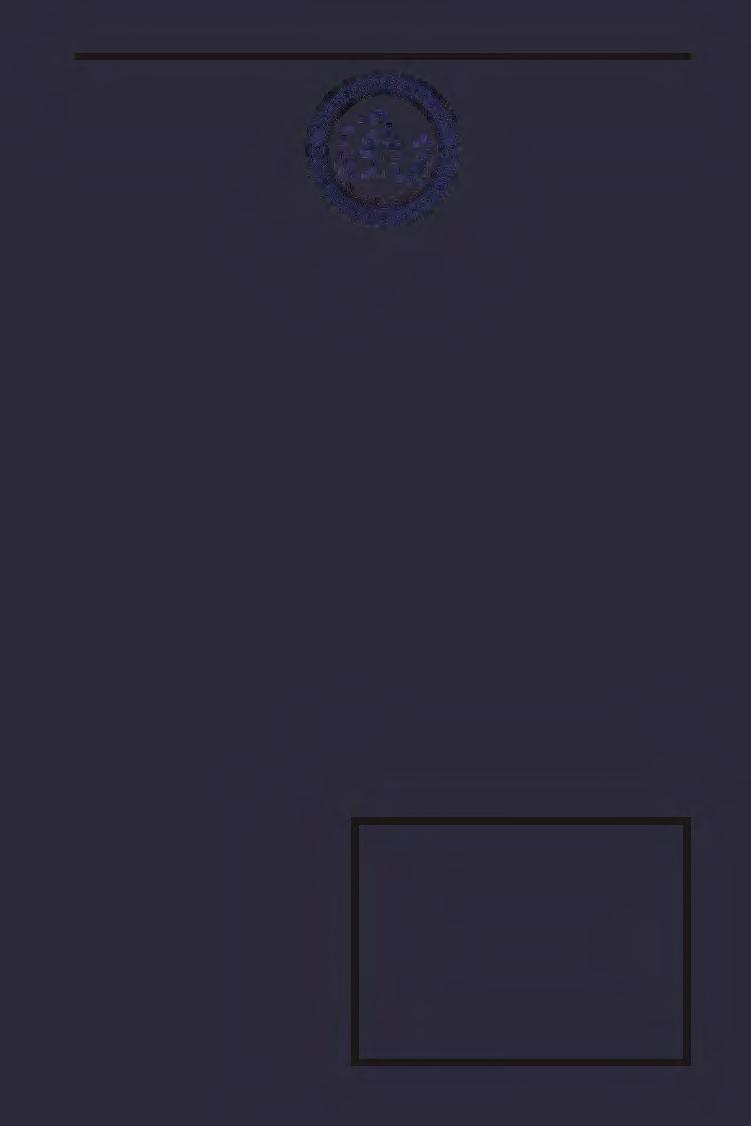
11142 Randy Neil 17343 Merle Wright
DONATIONS (received outside of annual dues cycle)
Ronald Bergstrom
Rob Loeffler
Bernard Wojnowski
Richard Zane
Please Update Your Profile
We recently sent a “Broadcast E-Mail” message to all members with a request to consider writing an article for The Specialist. A few addresses “bounced” which indicates some e-mail addresses are incorrect or out-of-date in our records. You can update your profile information at our website or send a note to Bob Rufe at: execsecretary@usstamps.org

Classified Advertising
ABOUT CLASSIFIED ADVERTISING
USSS MEMBERS are entitled to two free ads of up to 40 words each year. Other ads are 10 cents a word, payable in advance. For six insertions, take a 5 percent discount; for 12 insertions, take a 10 percent discount. Ads with [1131] at the end expire with this issue. Make checks payable to USSS. Send copy and check to The United States Specialist, 9038 E. 25 th Dr., Denver CO 80238. Free member ads can be emailed to: editor@usstamps.org .
WANTED
BUYING IMPERF FARLEYS WITH GUM. All offers welcome! Frank P Geiger Senior - APS Life since 1968 and ASDA since 1974. Phone: 787689-6879 – FrankPGeigerSr@gmail.com – PO Box 3442 – Pinehurst, NC 28374. [1138]
WANTED – PAYING TOP DOLLAR FOR C-13, C-14 and C-15 singles, both mint/used. Also interested in multiples, flight covers, Zeppelinrelated posters, advertisements, etc. Graf Zeppelin specialist. Rob Lehmann email: diecasttoys@ yahoo.com or call: 240-422-0118. [1150]
WANTED: COVERS WITH PERIOD USE OF US #1279 Albert Gallatin. Please email images and prices to tcjensen52@gmail.com (please note corrected email address). [1132]
SEEKING: IWO JIMA (#1929) GREEN die proof.wnkelly@earthlink.net. 3016 Jodi Lane, Palm Harbor, FL 34684. [1131]
WANTED TO BUY: I WILL PAY $60 FOR a copy of the USSS book “The United States Fourth Bureau Issues 1922-1938”. MOPerry@ mac.com Michael Perry; Post Office Box 1194; Rainier, OR 97048. Write first please. [1131]
BUYING: $5 WAR SAVINGS WS11; MINT VF Centering NH $35/stamp; LH $15/stamp; Mint F/VF Centering NH $20 each; LH $12, No Gum $7 each; Poor quality or damaged not wanted. Michael Mules; PO Box 6, Salem, WI 53168 foxriverstamps@gmail.com [1132]
BUYING: $5 POSTAL SAVINGS 1941 PS15; Mint VF Centering NH $24/stamp; LH $12/ stamp; Mint F/VF Centering NH $15 each; LH $10; No Gum $6 each Straight edgededuct 40%; Poor quality or damaged not wanted. Michael Mules; PO Box 6, Salem, WI 53168 foxriverstamps@gmail.com [1132]
WANTD WANTED WANTED: Florida postal history for museum collection. Call 800-327-5010. William Youngerman Hometown Currency Museum. www. hometowncurrency.org. Boca Raton, Florida. bill@youngermans.com. Check out our free site under postal history postal covers. [1131]
WANTED: ALL THINGS 1950 STATUE oft Freedom, Scott 989. Archival material (designs, essays, proofs); production flaws and faults (misperfs, plate irregularities, EFOs); FDCs;commercial uses; other ephemera. Info and scans to RBajenski@hotmail.com. [1132]
WANTED: PREXIE FIRST DAY covers franked with plate number blocks of preelectric eye or electric eye blocks.wPrefer full sets. email: 1kgfarms@att.net [1132]
WANTED BUY/TRADE: MNH BUREAU precancels. Definitive sheet stamps, coils—1923 through Americana series, Scott 581//1816. No Christmas, airmails, transportation, or later. Singles, blocks, plate blocks, sheets, coil pairs, line pairs, rolls. Herman Axelrod, POB 3161, Boulder, CO 80307 hermanax@ comcast.net 303-499-9264 (no texting) [1132]
WANTED 1246 JOHN KENNEDY STAMPS postmarked on May 26, 1964—nationwide first day. Seeking unusual /different town postmarks. Uncacheted covers are okay. Henry Scheuer, P.O. Box 535, Madison Square Station, New York NY 10159 [1132]
DEALERS AT UPCOMING SHOWS
NAPEX JUNE 7–9 BOOTH #22, HILTON Mclean Tysons Corner Hotel, McLean, Va. US, Postal History, Possessions, Specialized Collections, Plate Blocks, Newspapers, Coils, Booklets, B-O-B & Literature. Lewis Kaufman, PO Box 255, Kiamesha Lake, NY 12751. Ph: 845-794-8013 email: kerik1@aol.com [1 132]
The U.S. Philatelic Classics Society is a notfor-profit collector organization exclusively devoted to 19th century United States stamps and postal history. Our quarterly Chronicle is widely recognized for presenting new scholarship and discoveries. For membership information and much more, find us at: www.uspcs.org.
United States Possessions: Postage Due Stamps and Covers presents the story of Postage Due stamps used in the major possessions or territories of the United States. Written from a stamp collector’s perspective, the authors address the challenge of identifying the myriad of Possession Postage Due stamps by concentrating on stamp identification while also covering the Postage Due issues of Cuba, the Danish West Indies, Puerto Rico, the Panama Canal Zone, the Philippines and more. In addition to the text, the monograph contains over 300 illustrations and five appendices which provide information to supplement and further explain key points. In many cases, the information presented is new or, if previously reported, organized in a new manner to help the reader understand the complexity of the Possession Postage Dues.
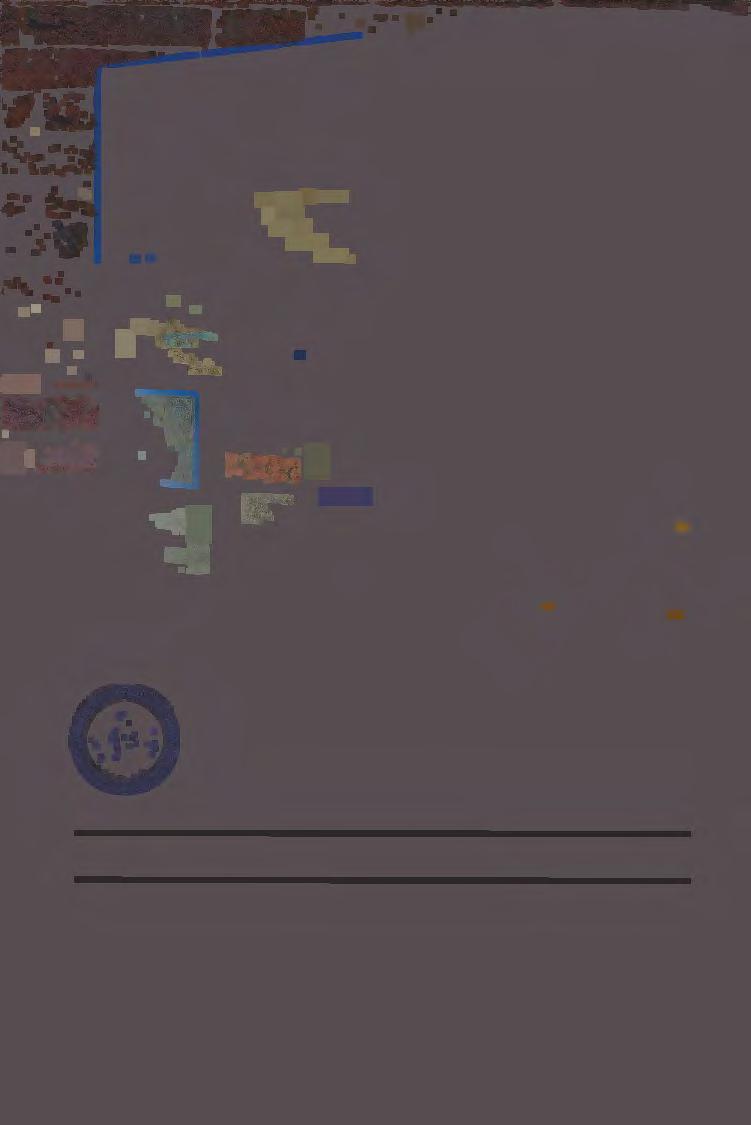
United States Possessions: Postage Due Stamps and Covers Hard cover, 352 pages, 6-in x 9-in.
Member Price: $39 U.S. postpaid Non-Member Price: $43 U.S. postpaid Purchased online at: www.usstamps.org/store/ or by mail to: Executive Secretary, P.O. Box 1602, Hockessin, DE 19707-5602
Index of Advertisers
United States Stamp Society
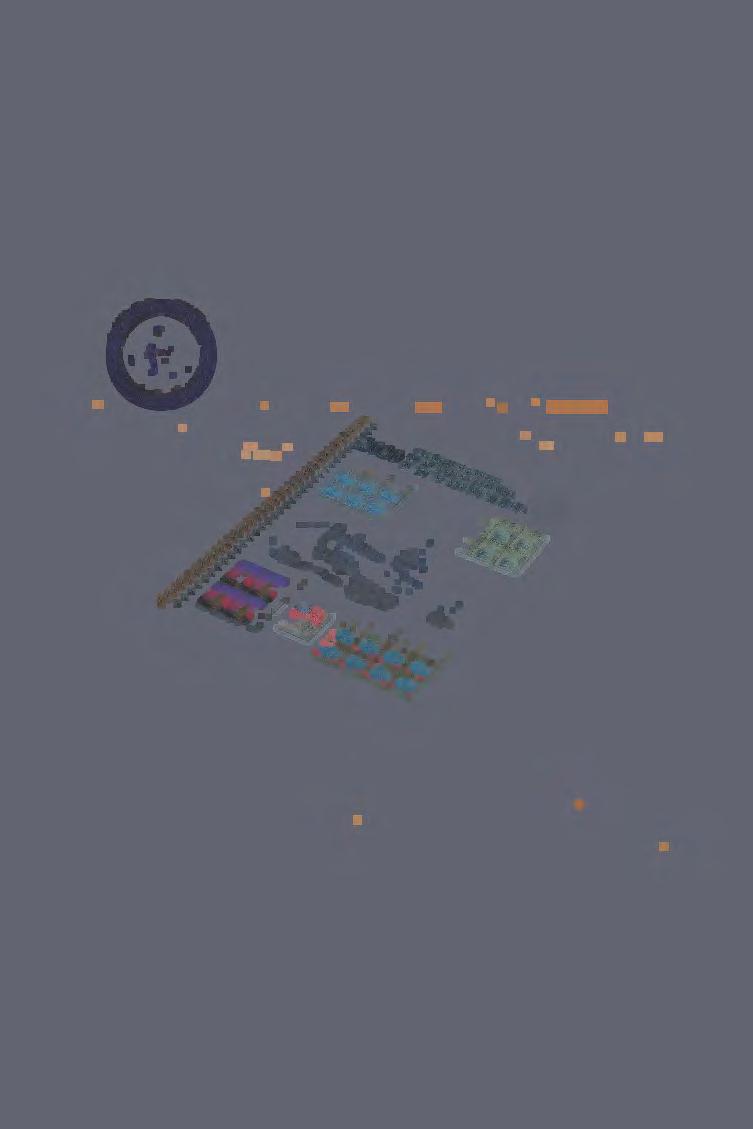
The 2020 edition the Durland Standard Plate Number Catalog provides the most comprehensive research source for plate number information on United States postage and revenue stamps, including tax-paid revenue stamps, with listings for overprinted Possessions postage, Allied Military government stamps and other back-of-the-book stamps, dummy and test stamps, MDI "Blue Cover" booklets and partial plate numbers on booklet and coil stamps.
2020 Edition of the Durland Standard Plate Number Catalog 448 pages available in Perfect Bound or Spiral Bound format. Member Price: $26 U.S. plus shipping Non-Member Price: $30 U.S. plus shipping
Order Online at: www.usstamps.org/store
